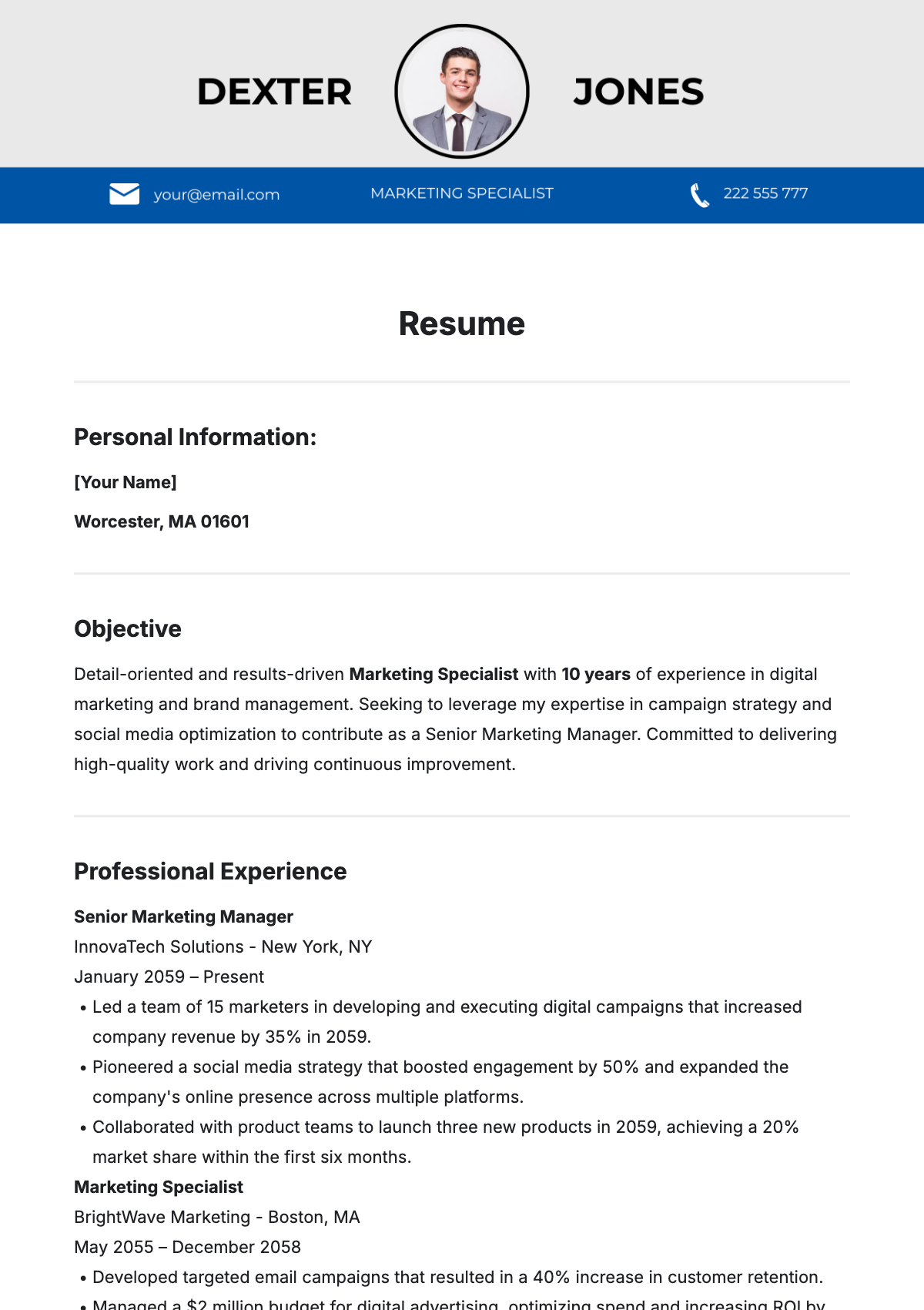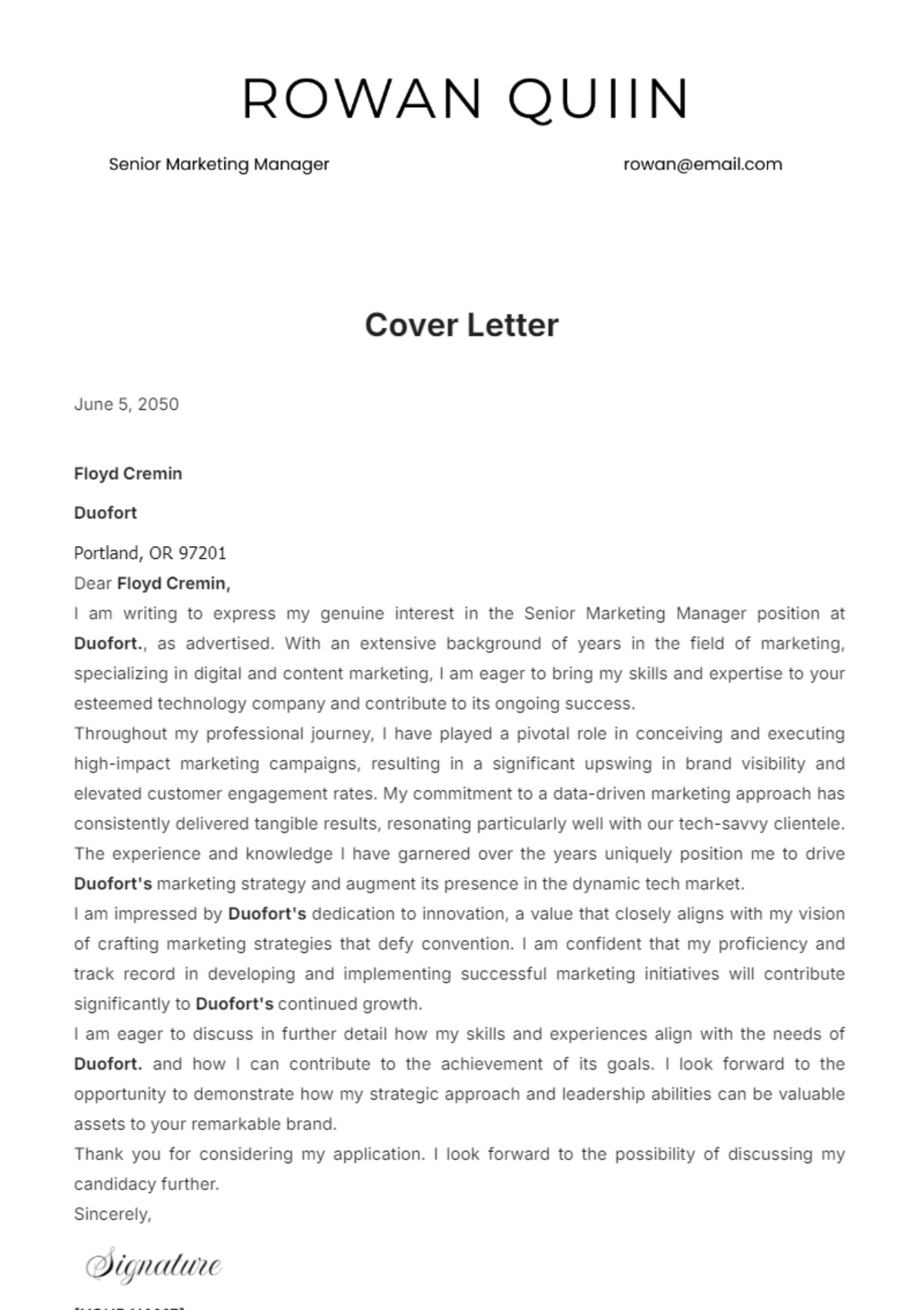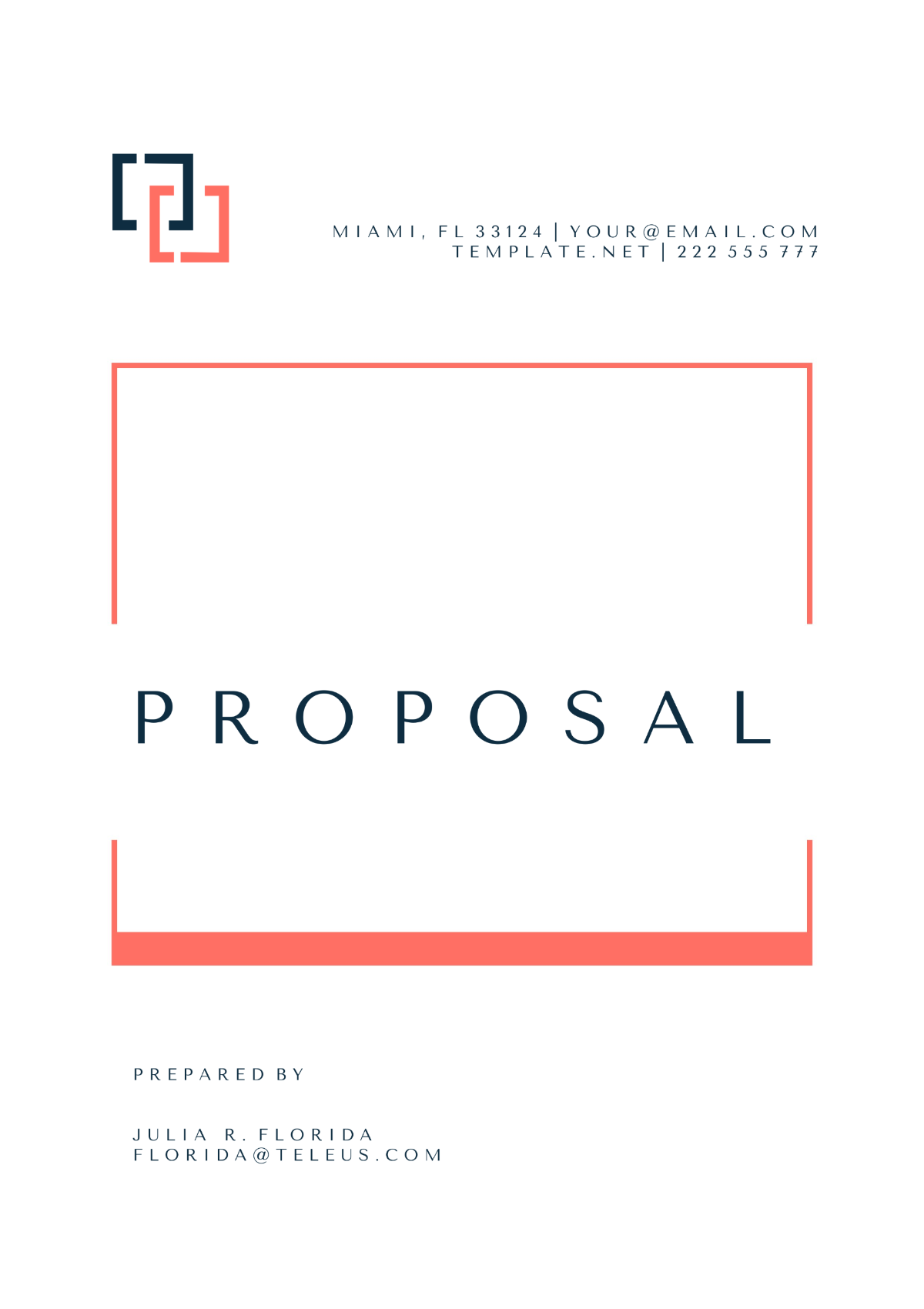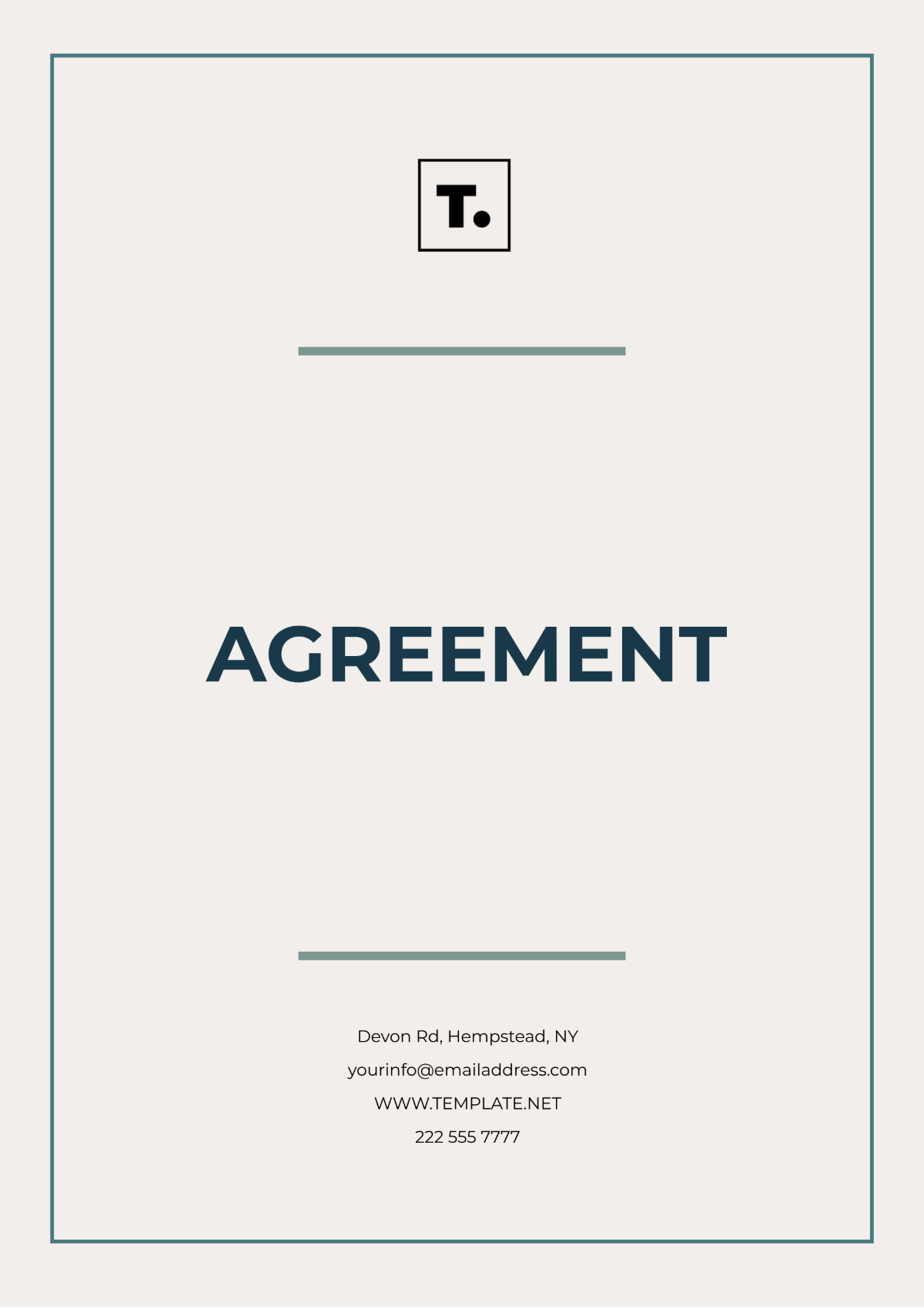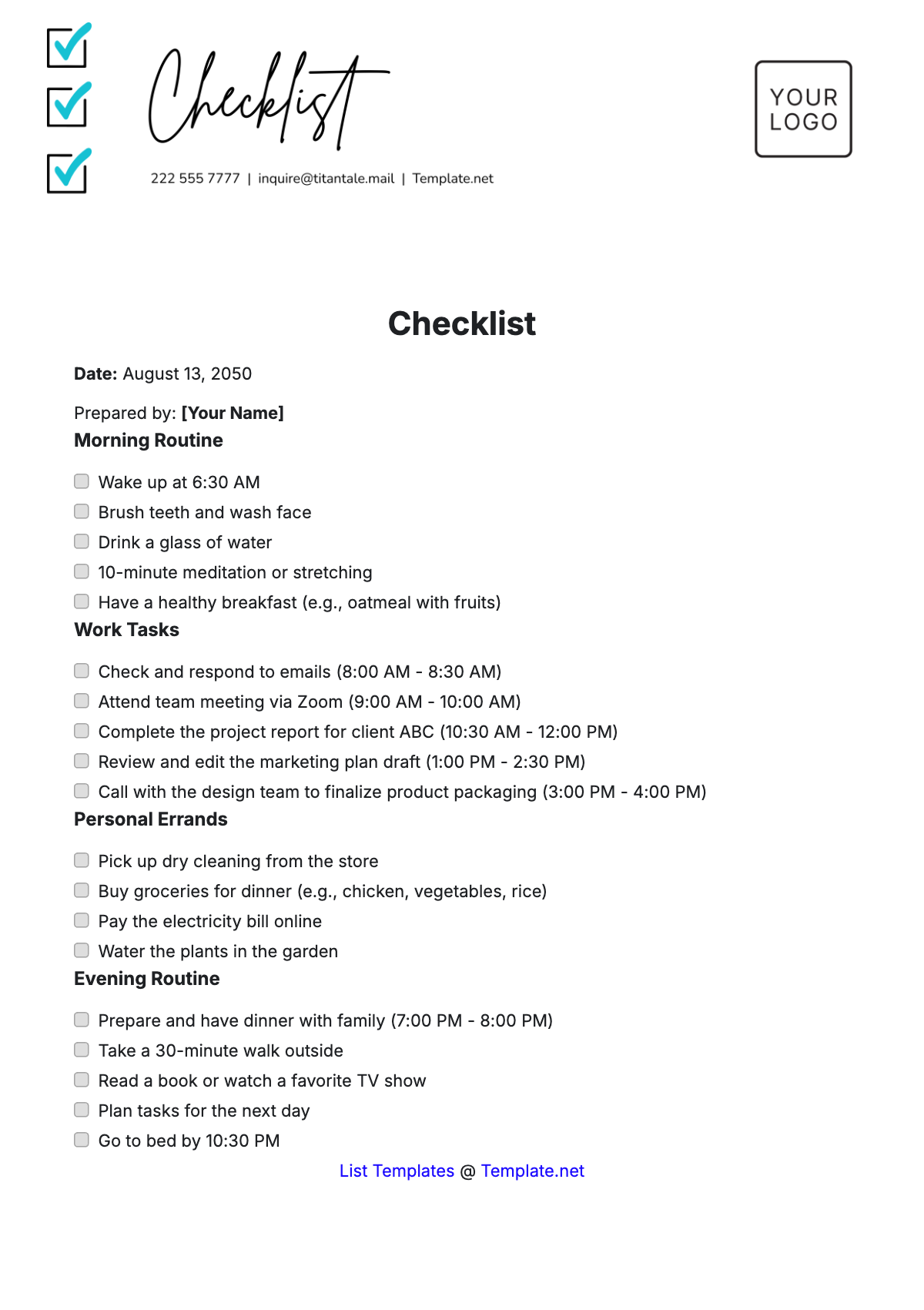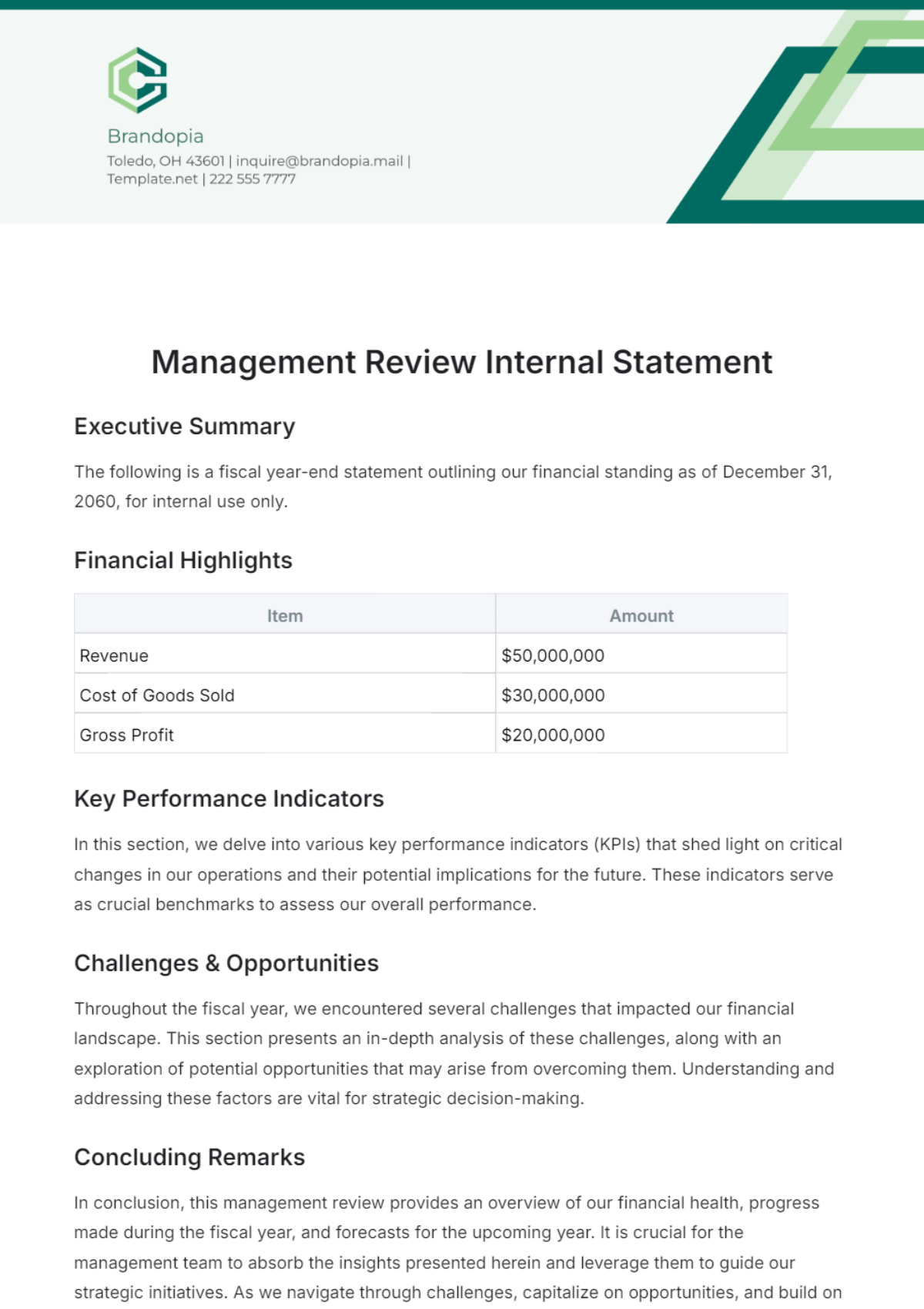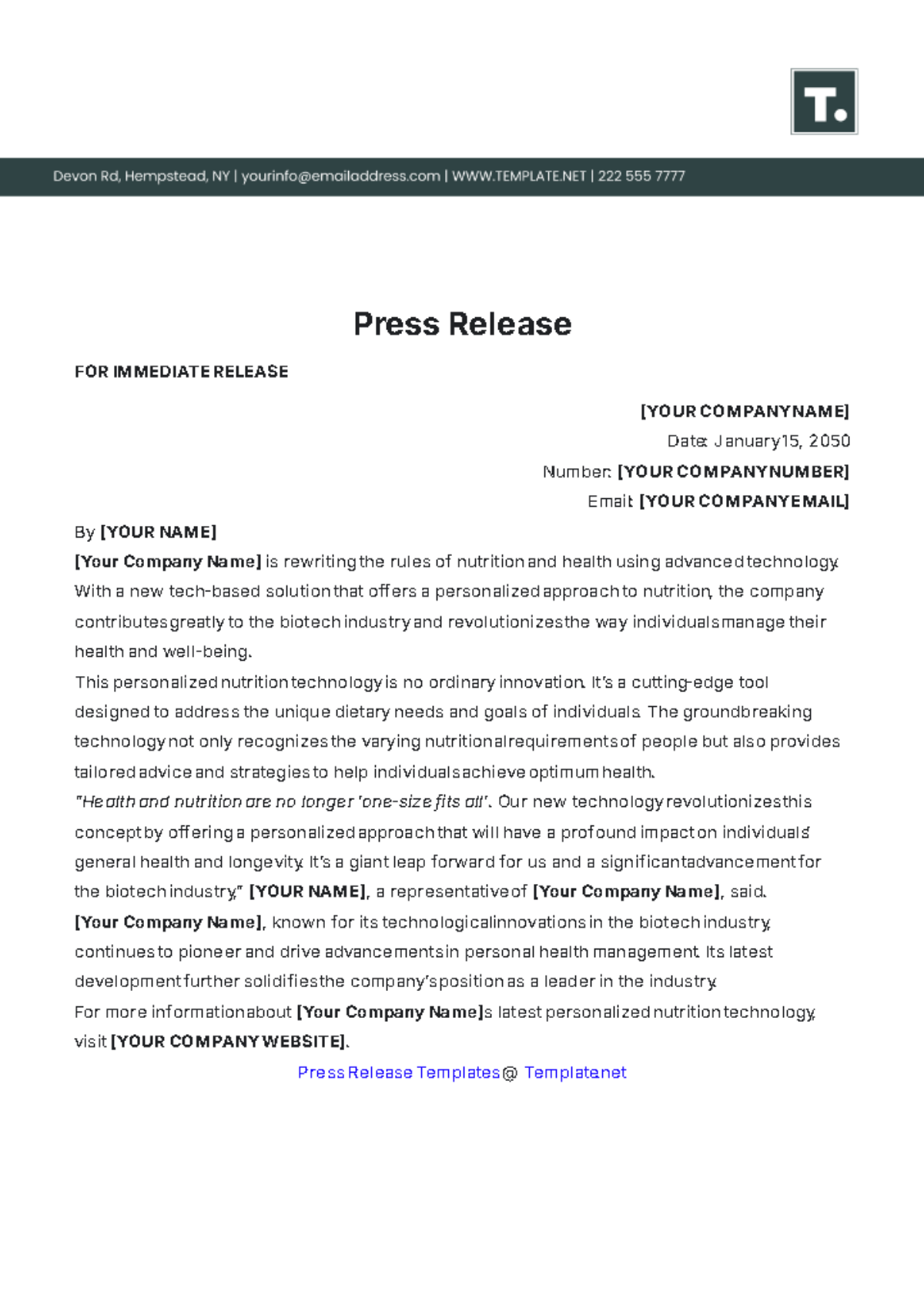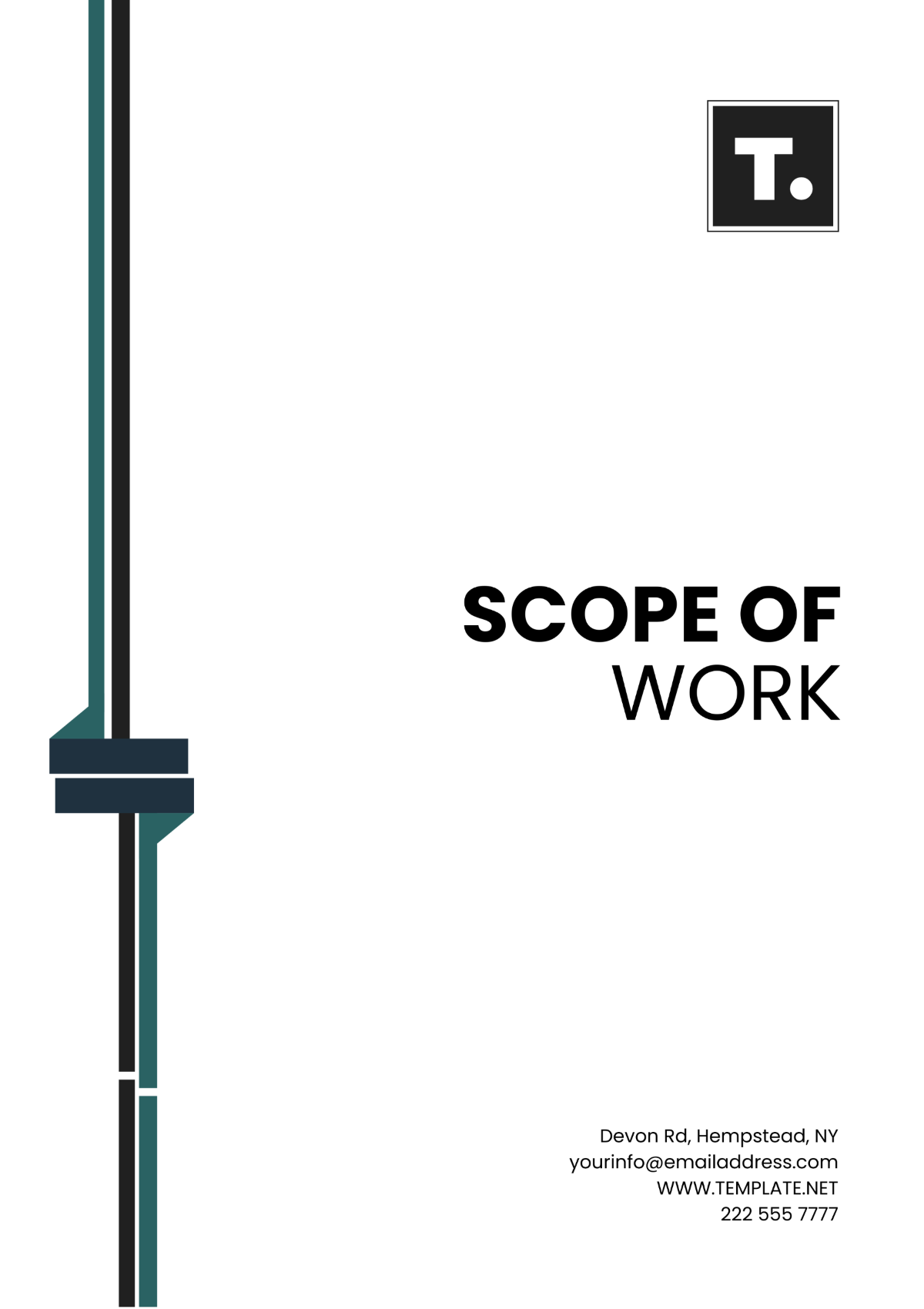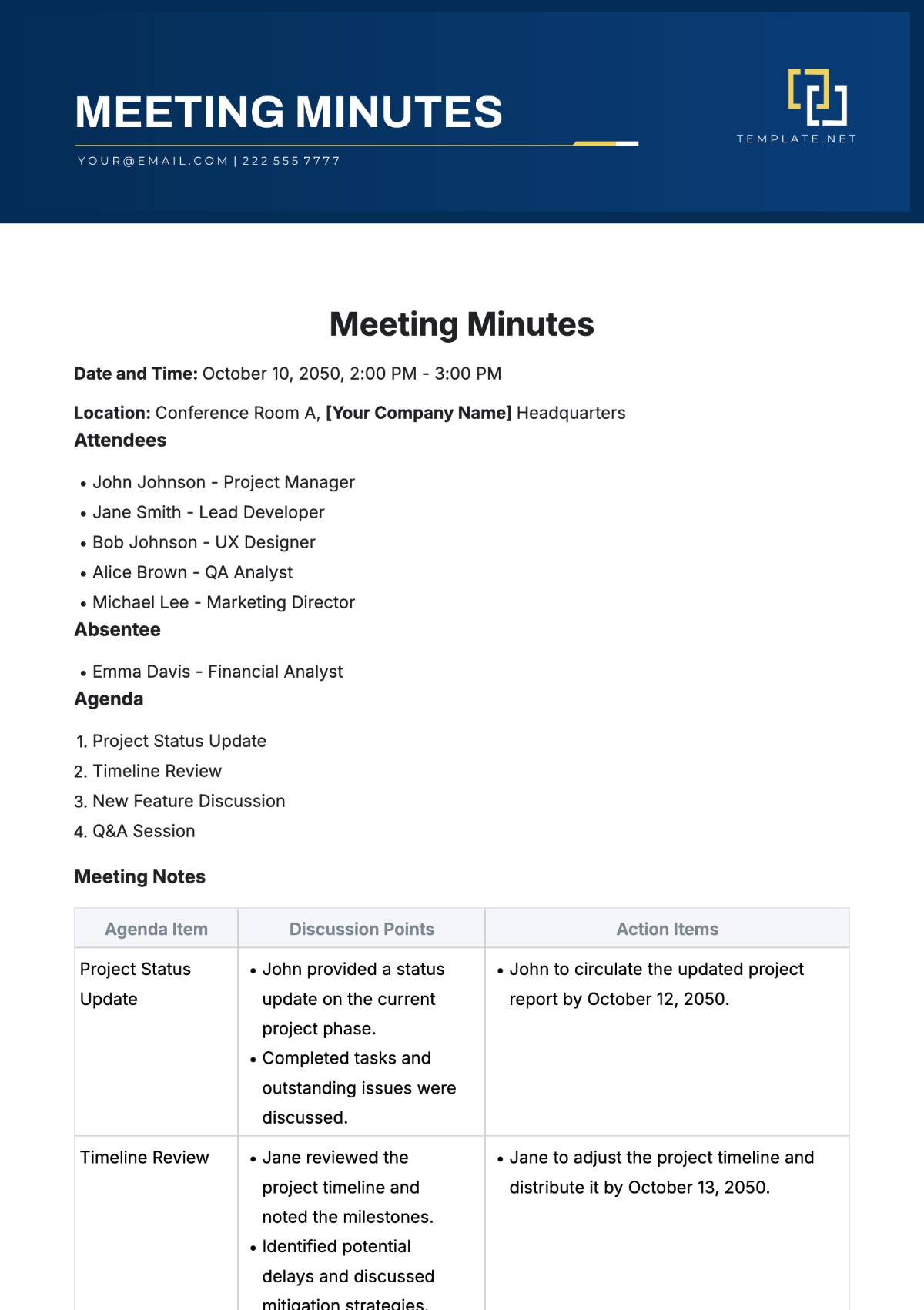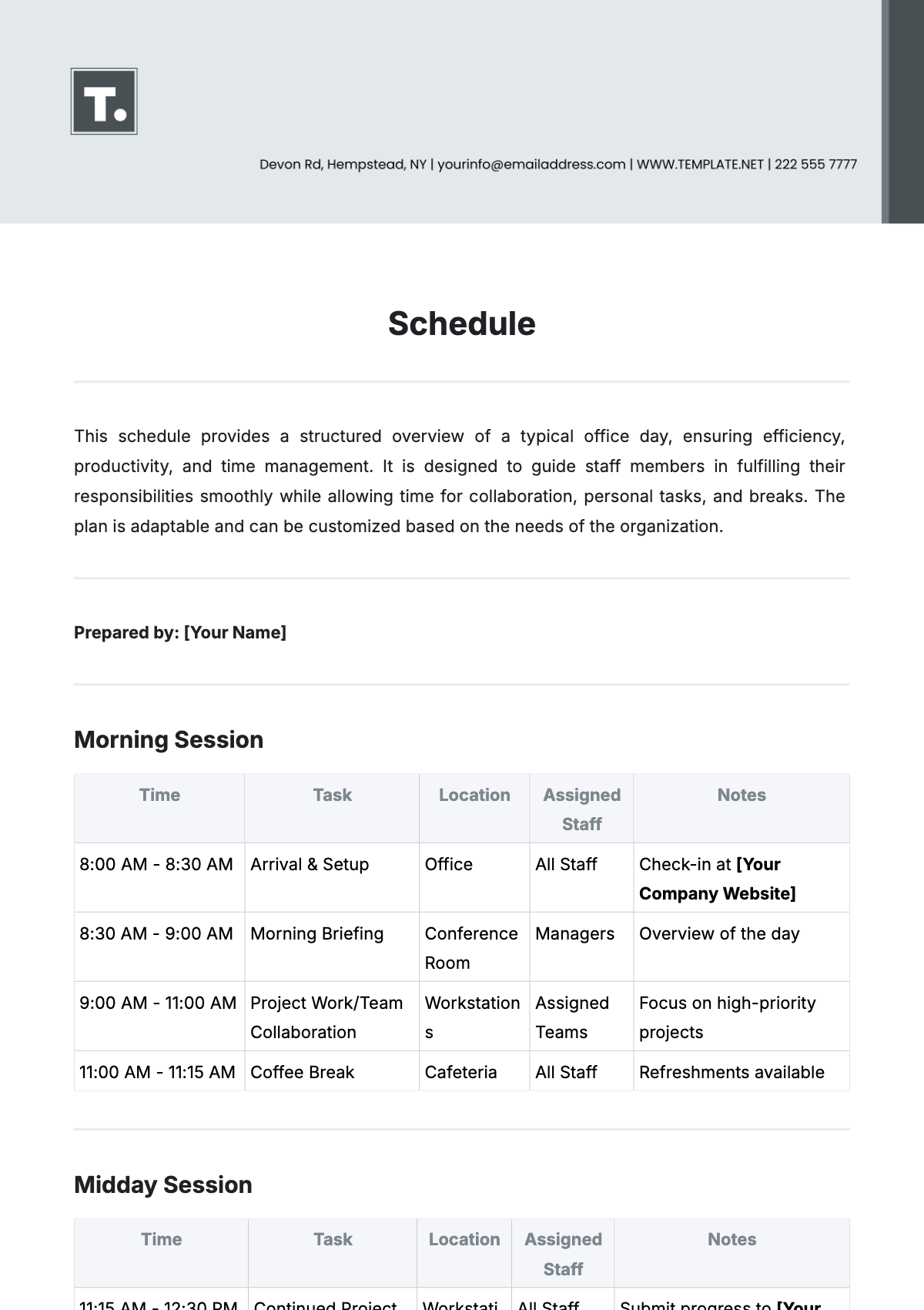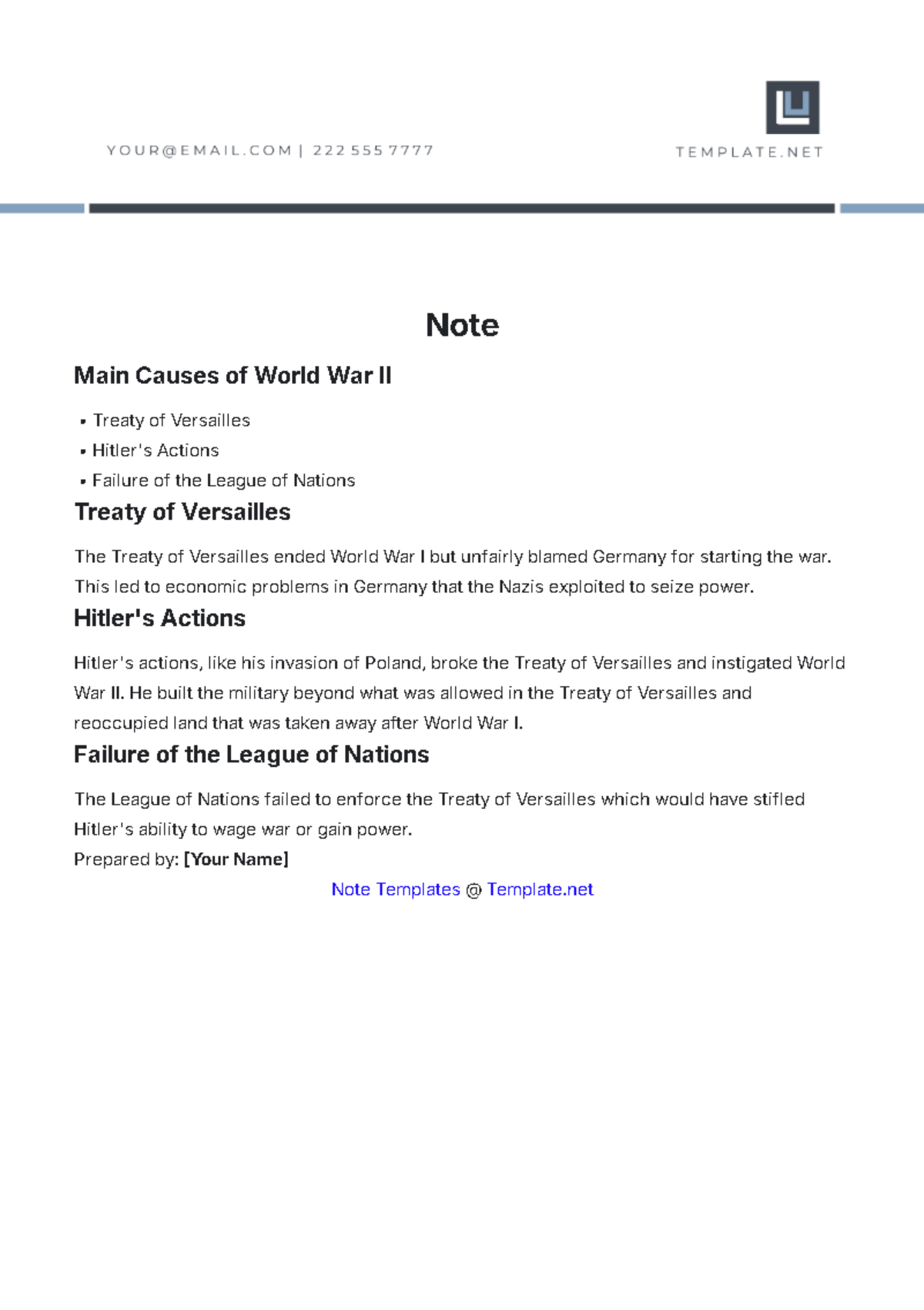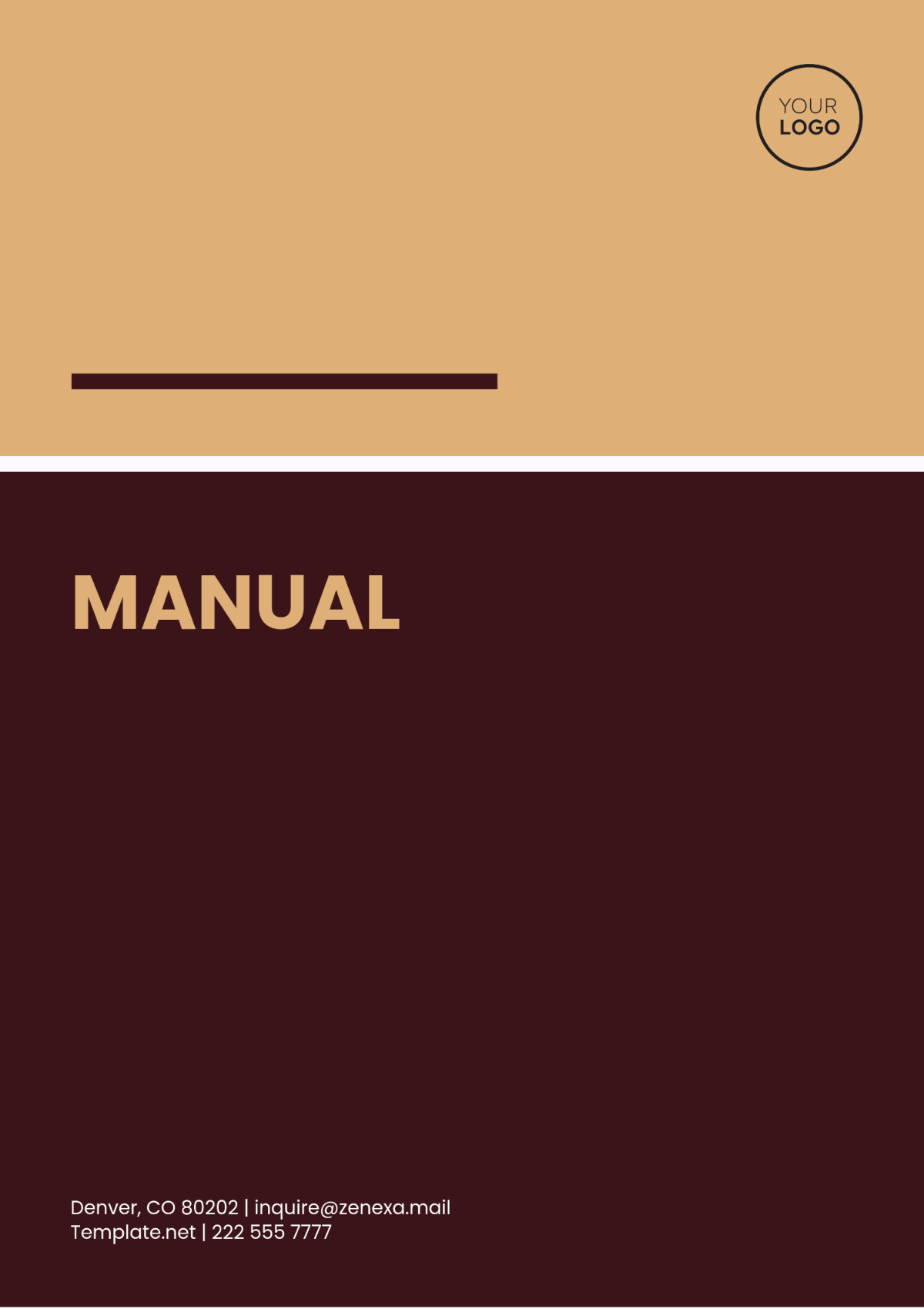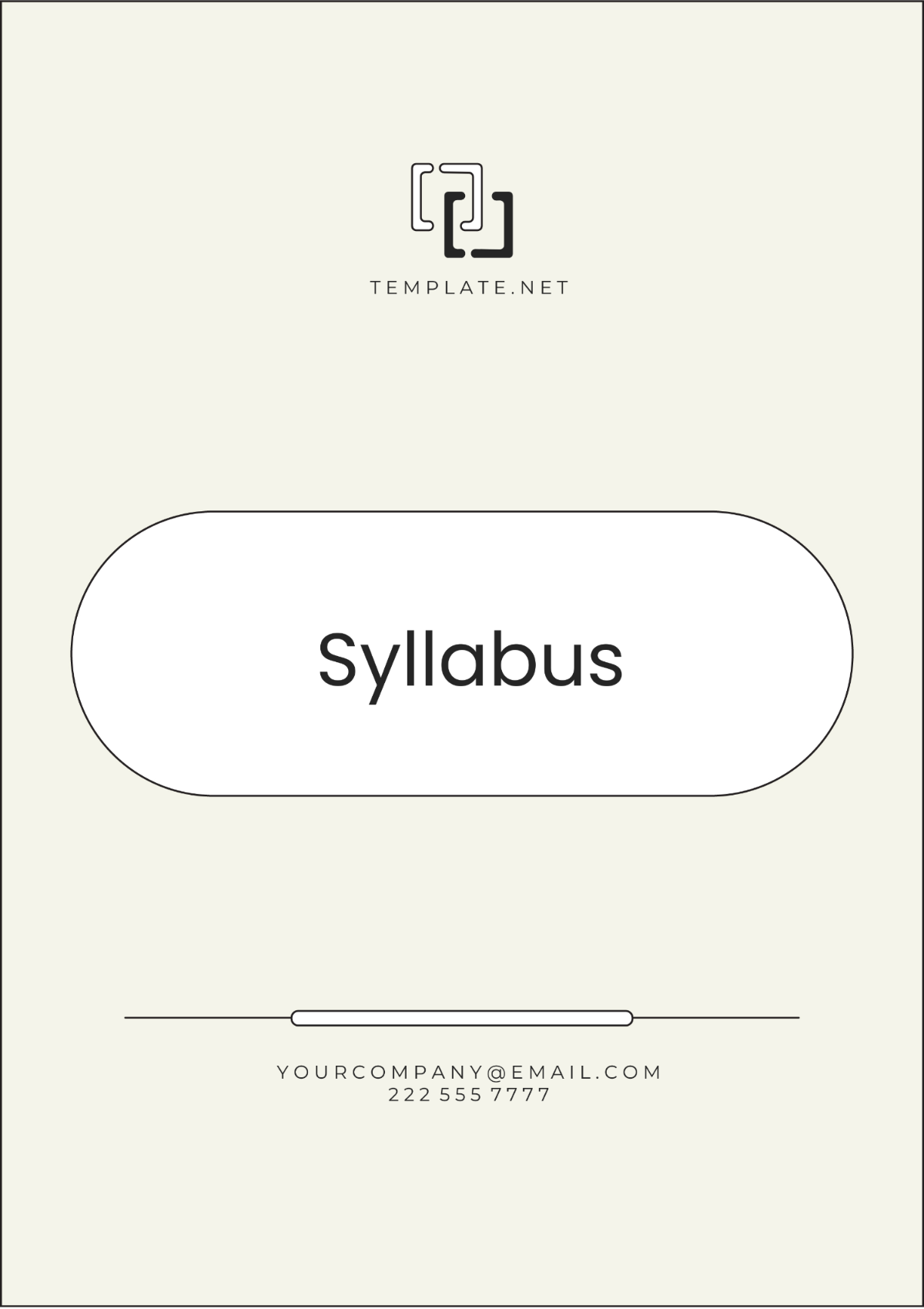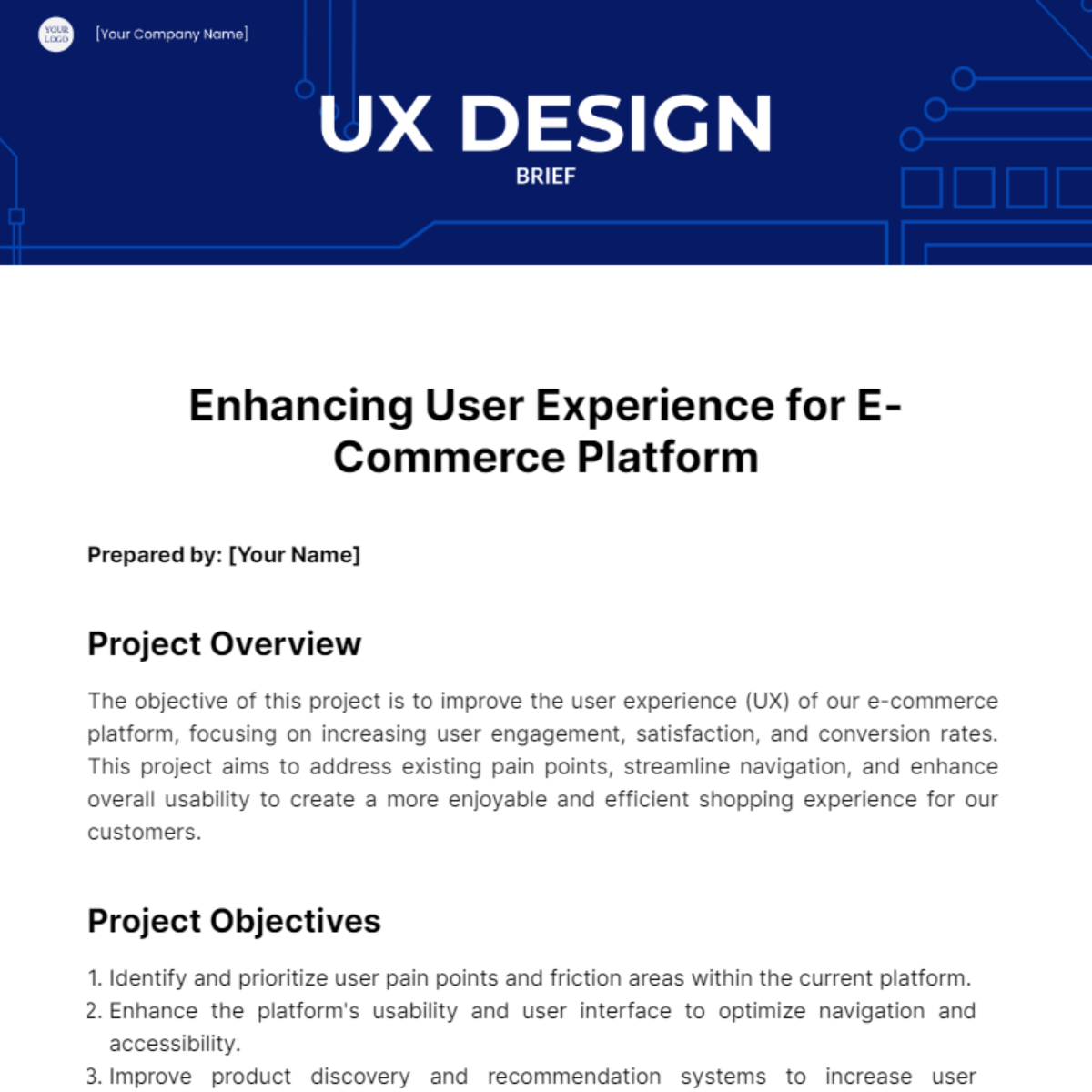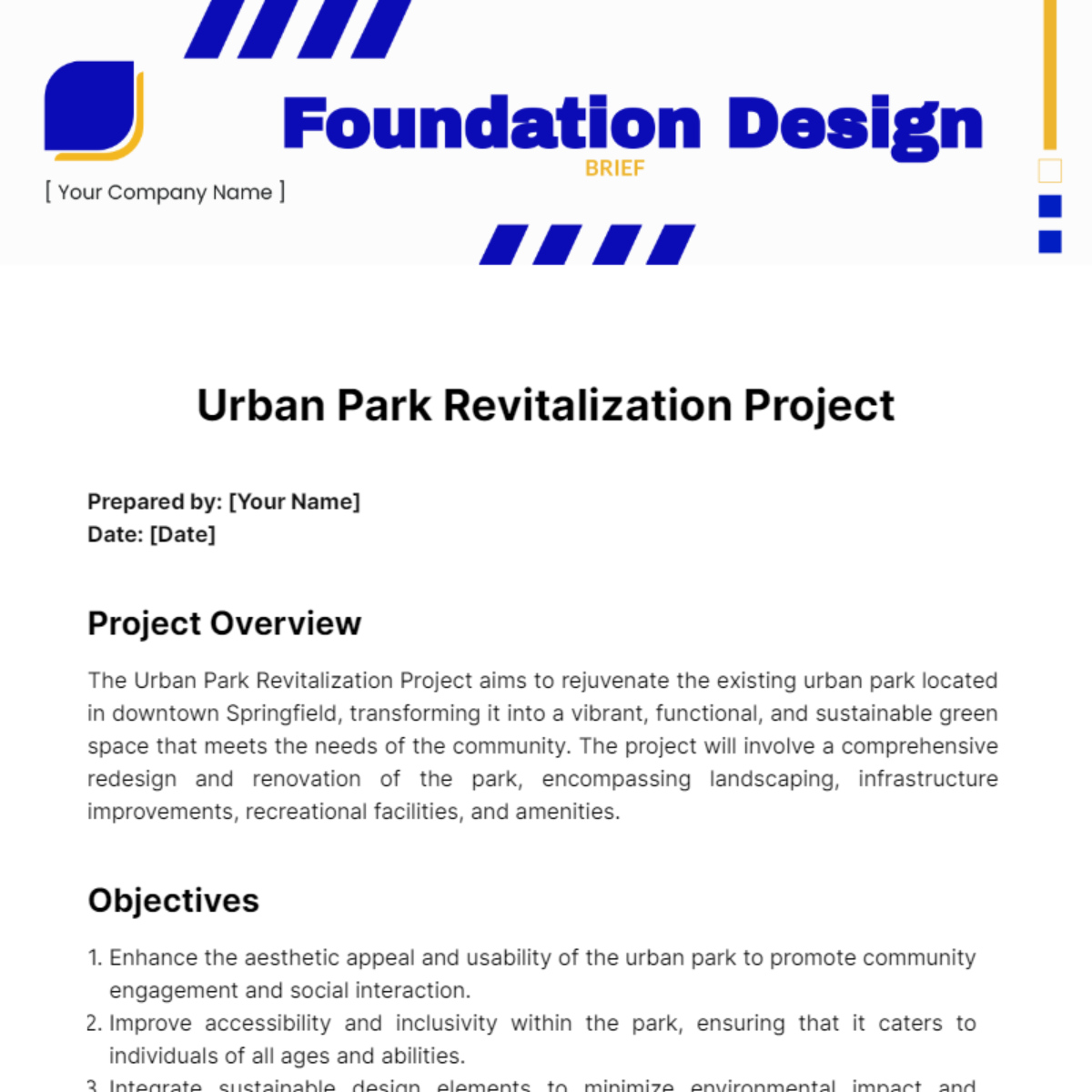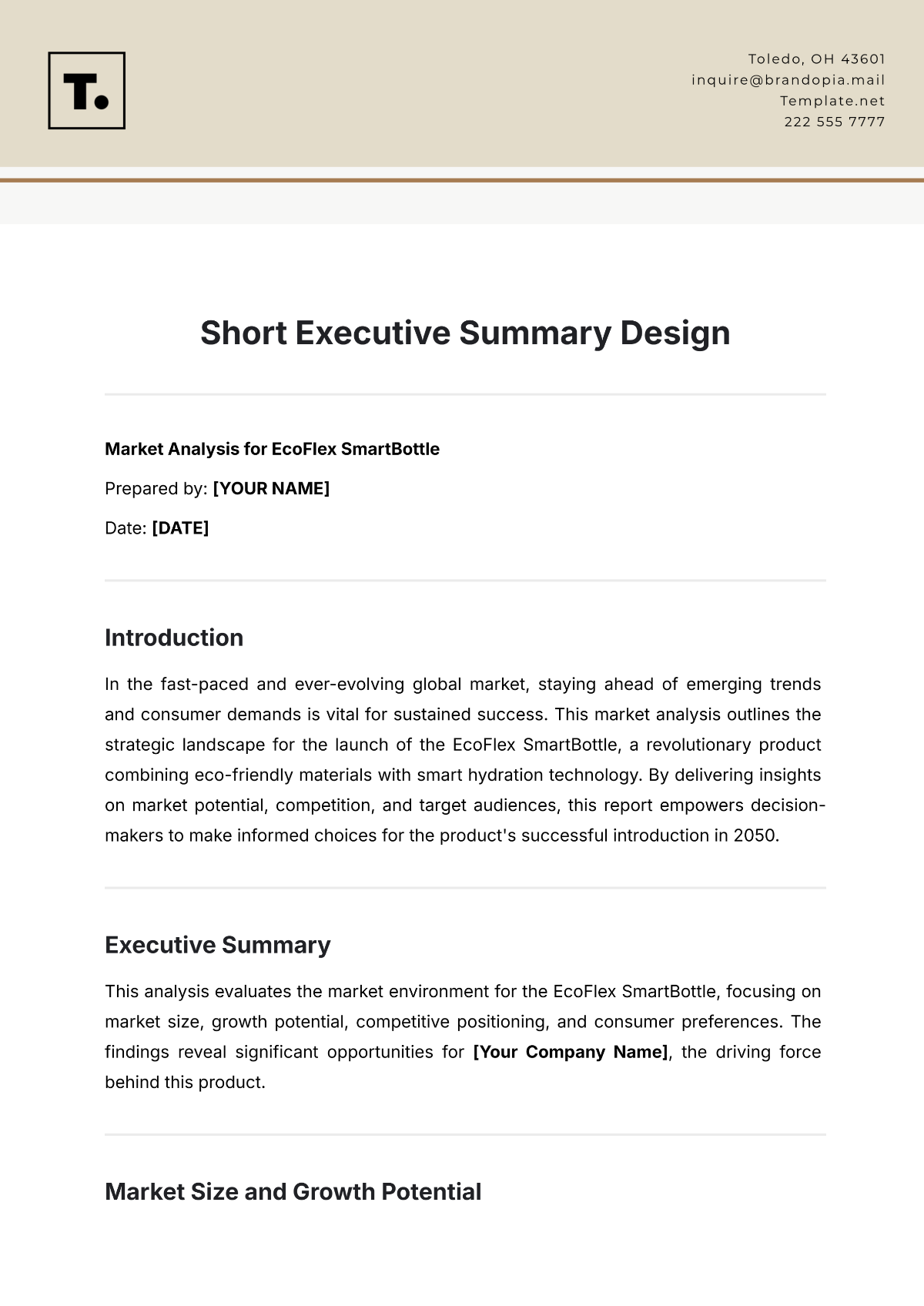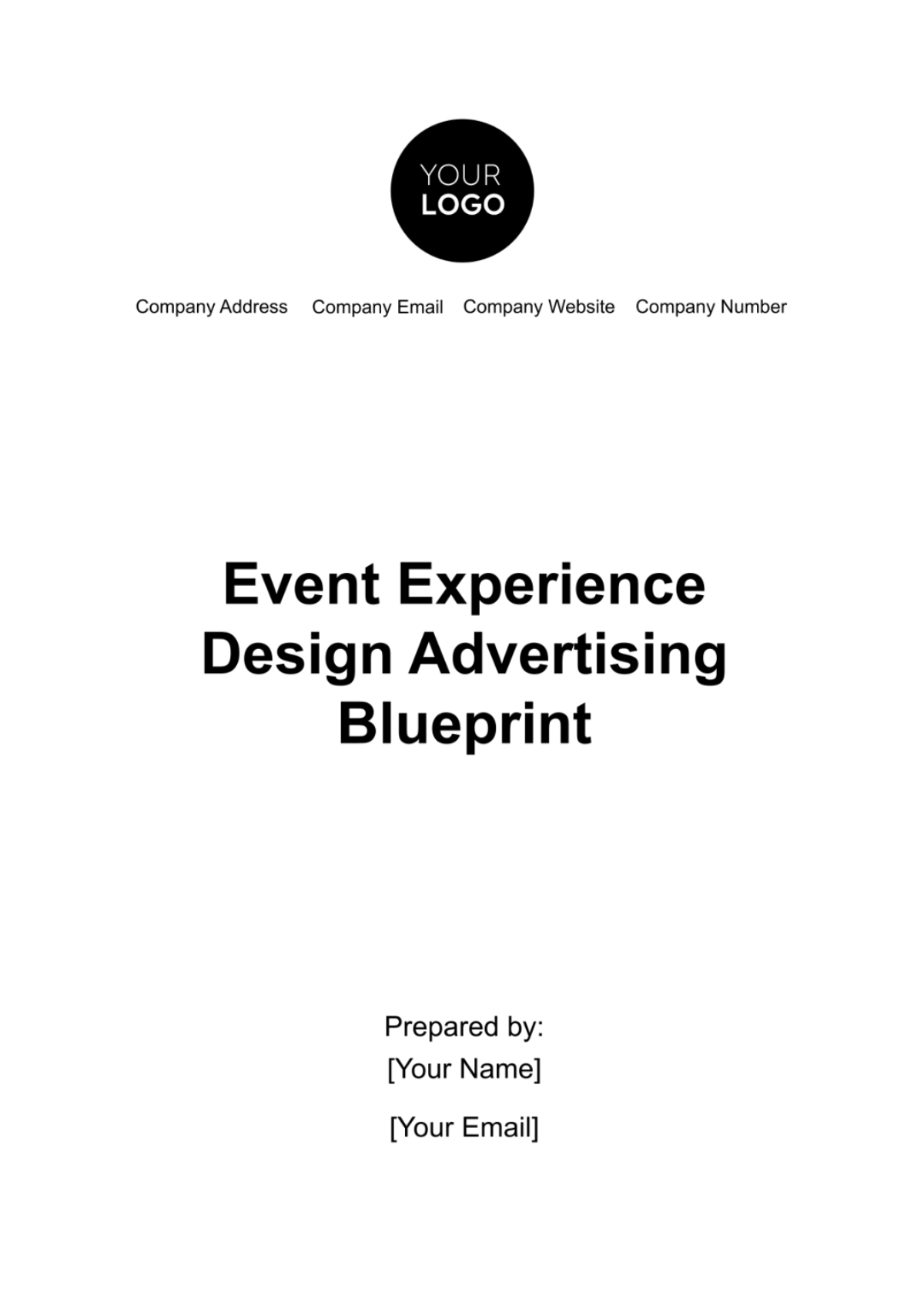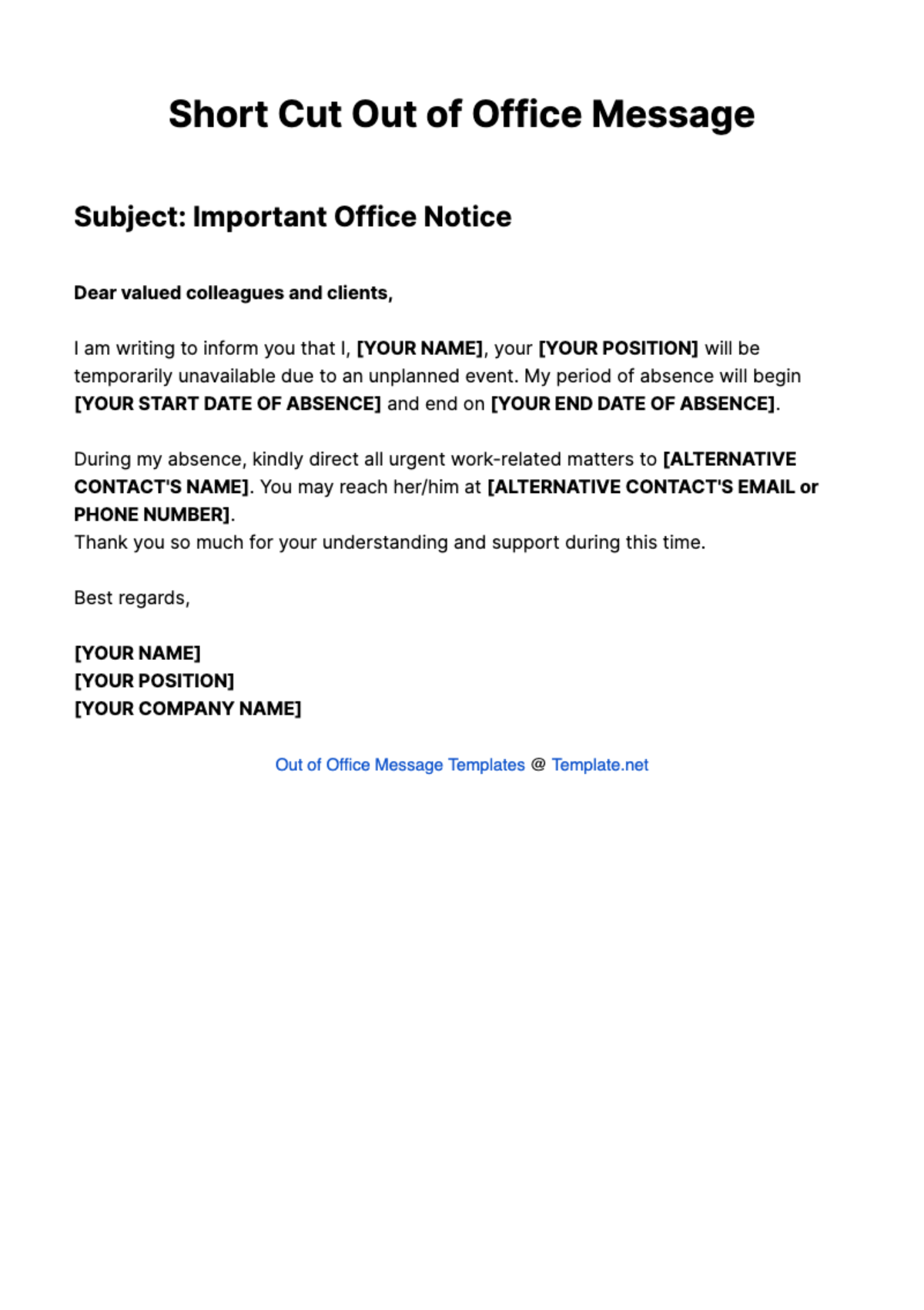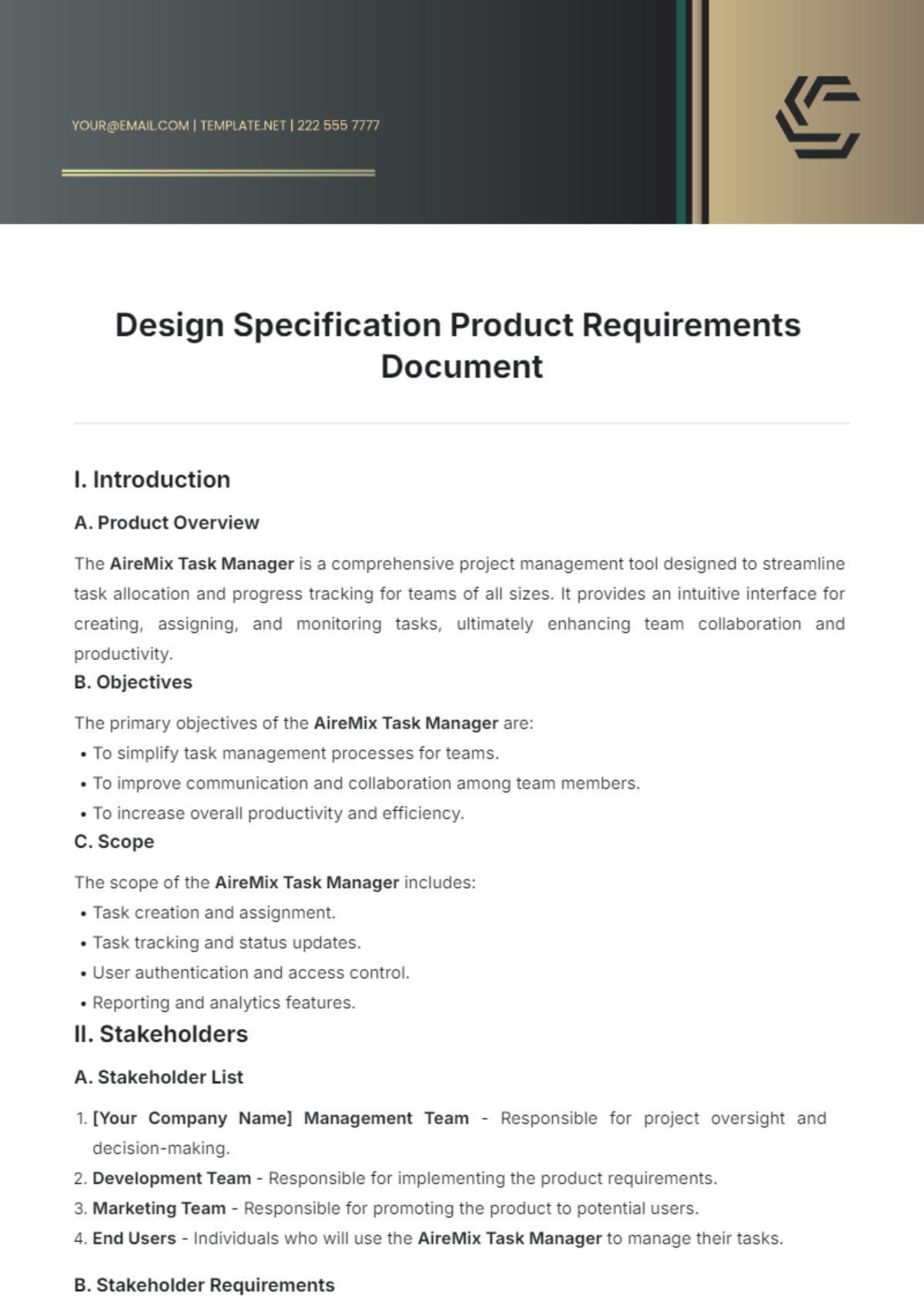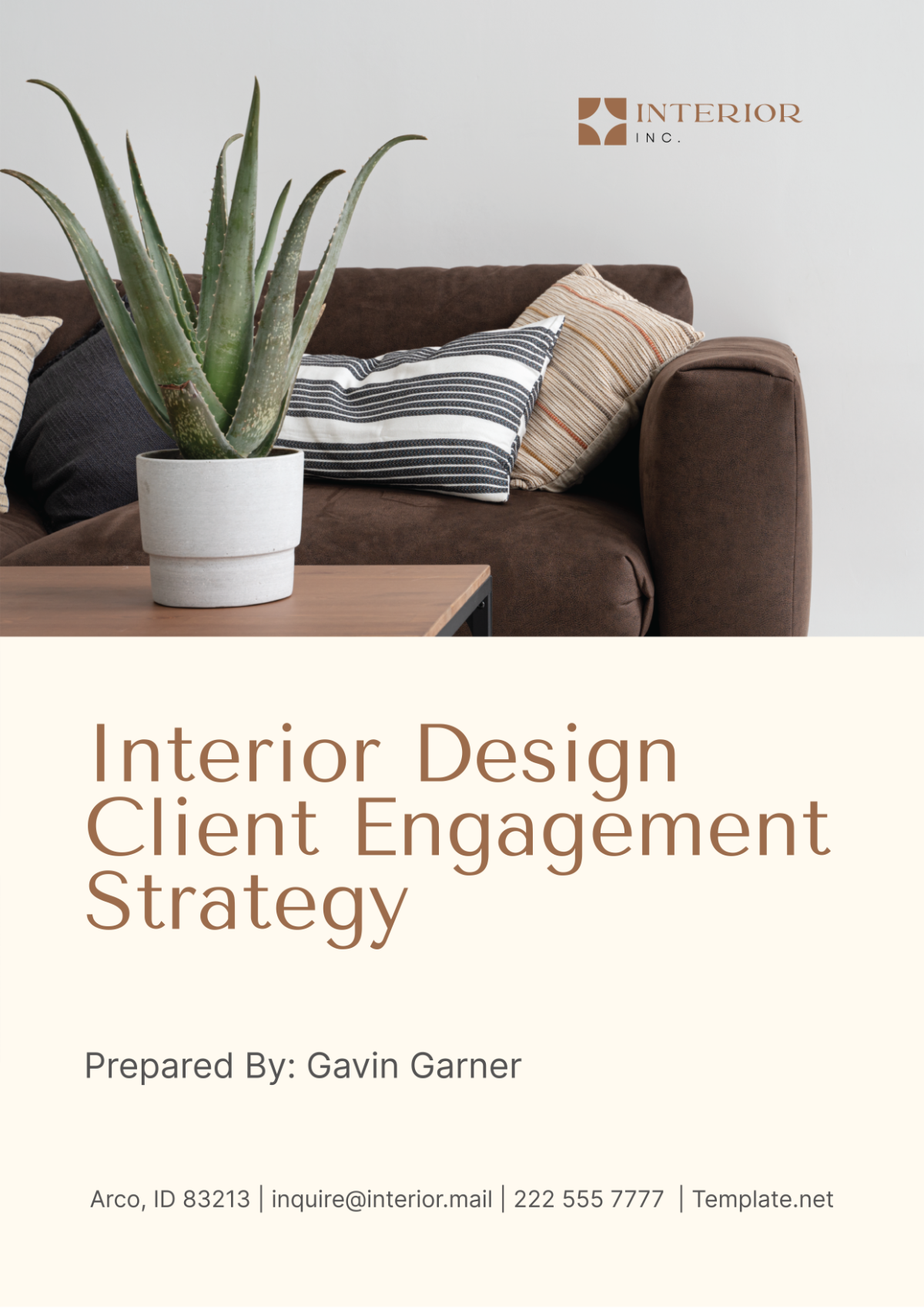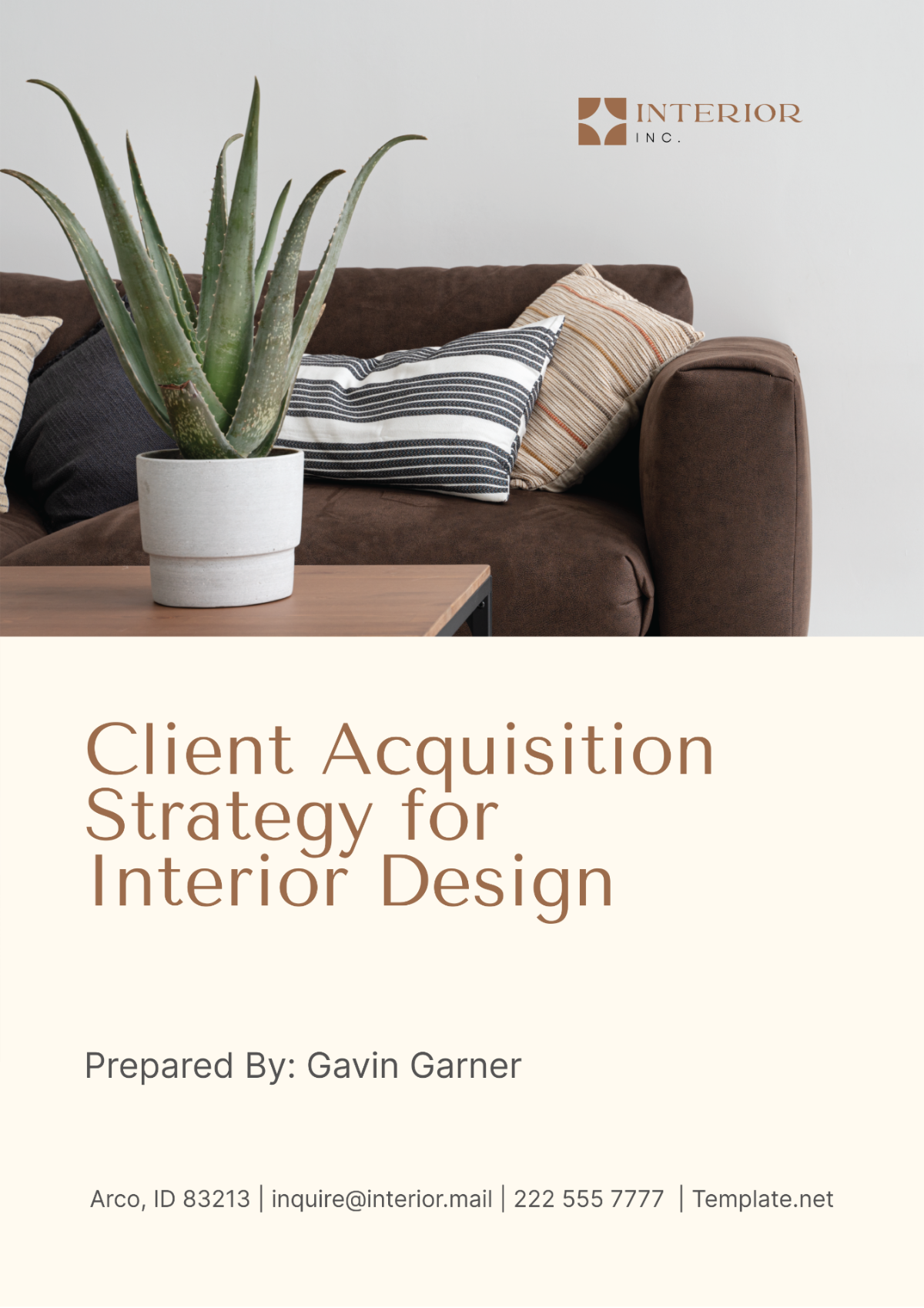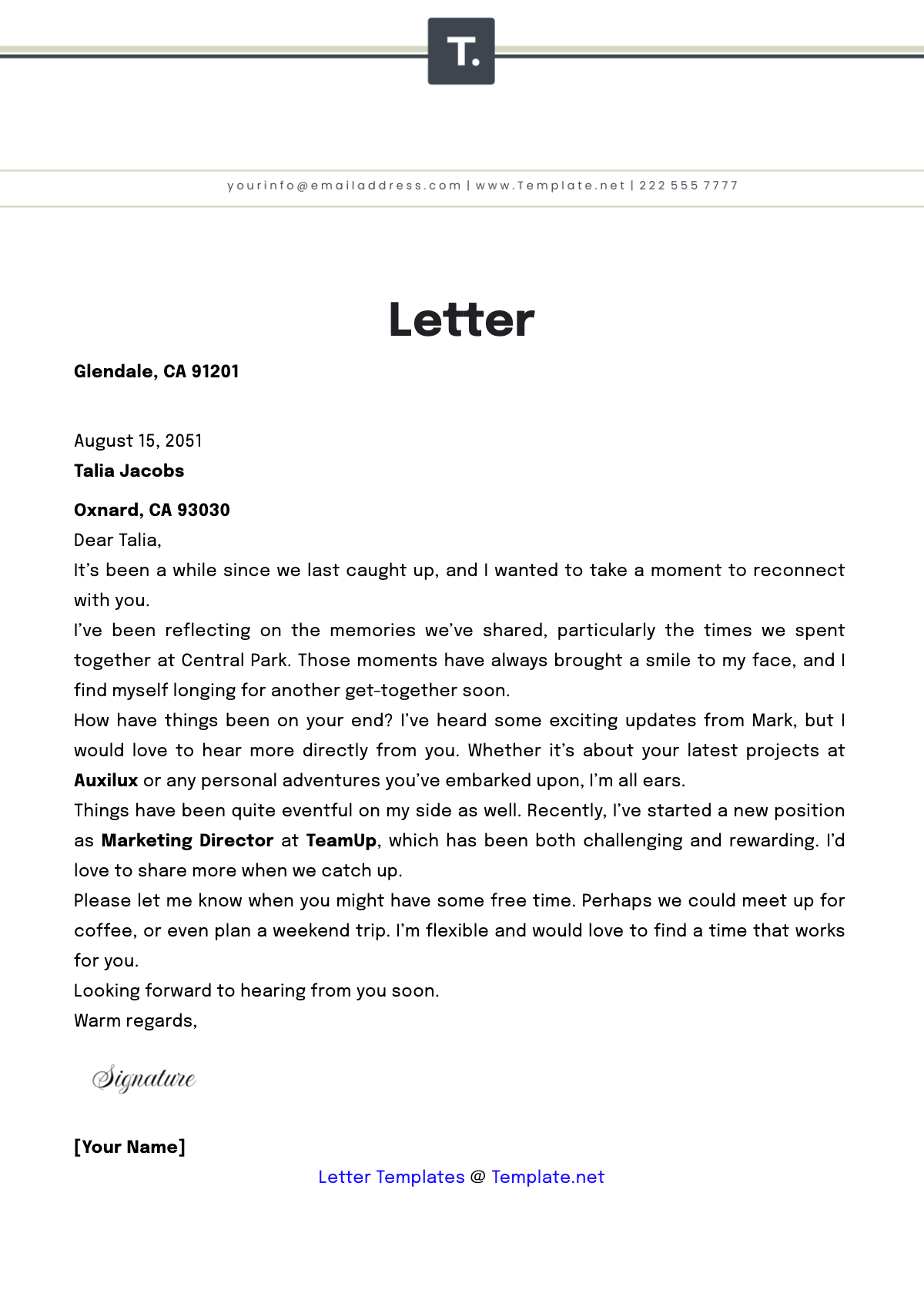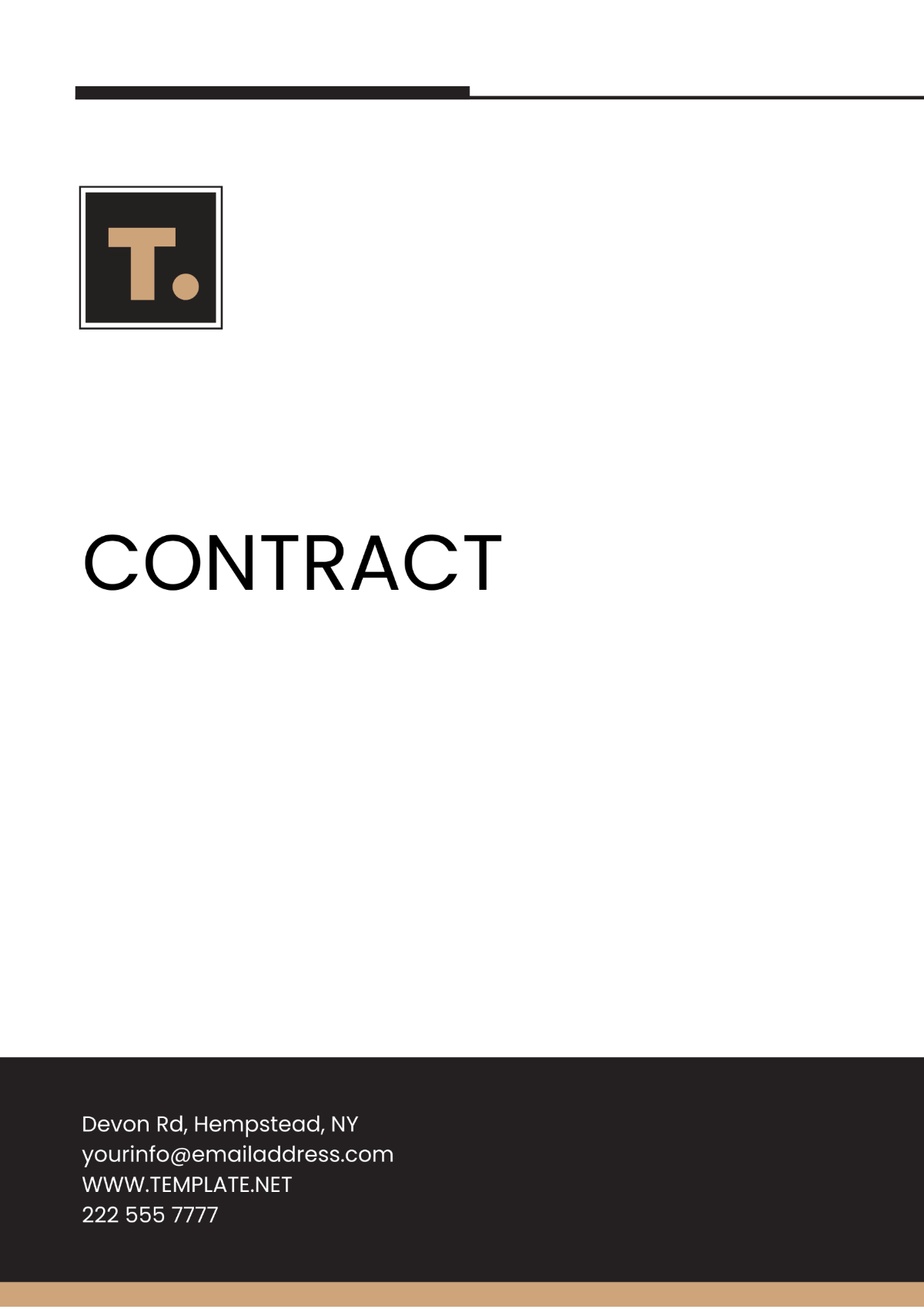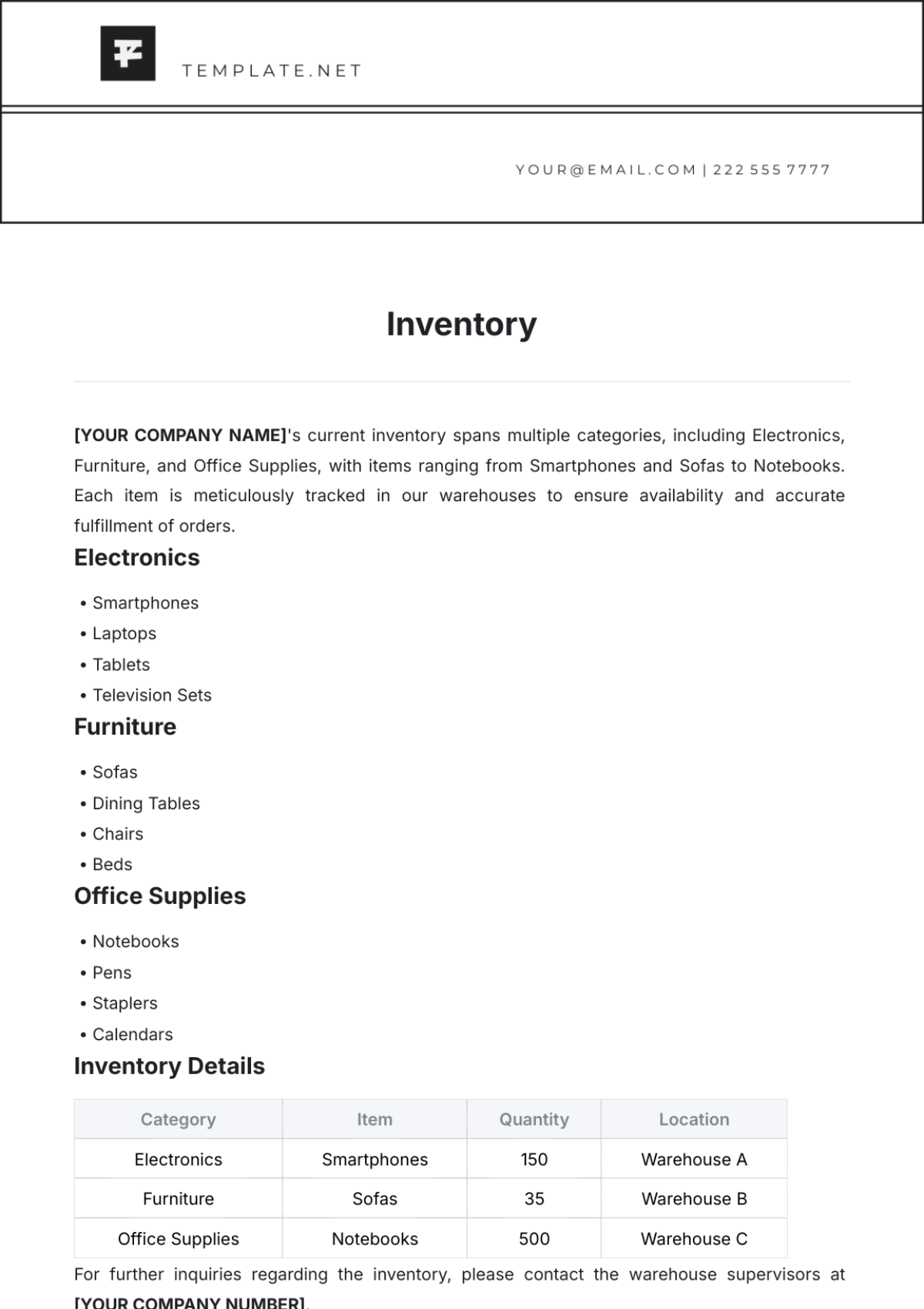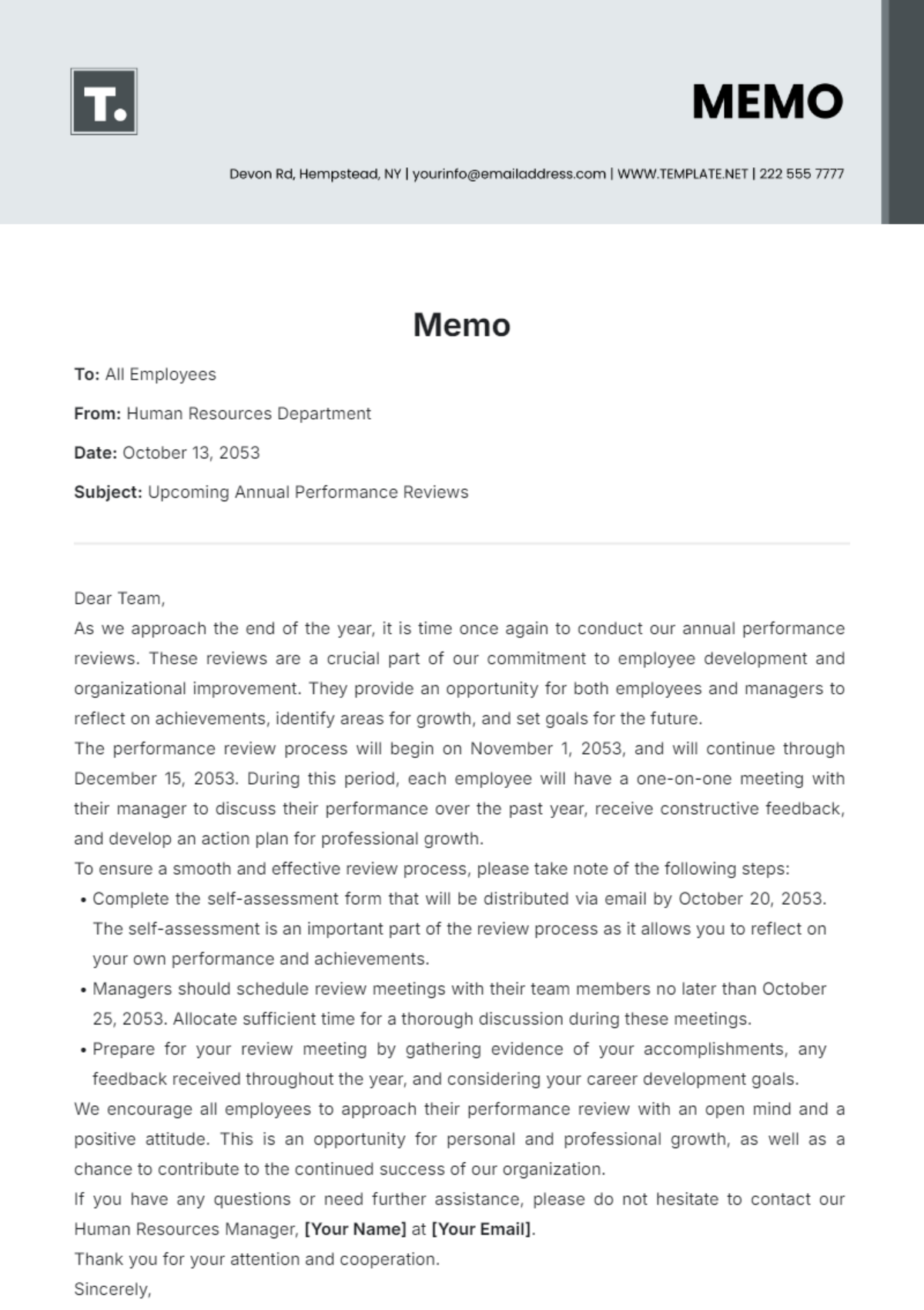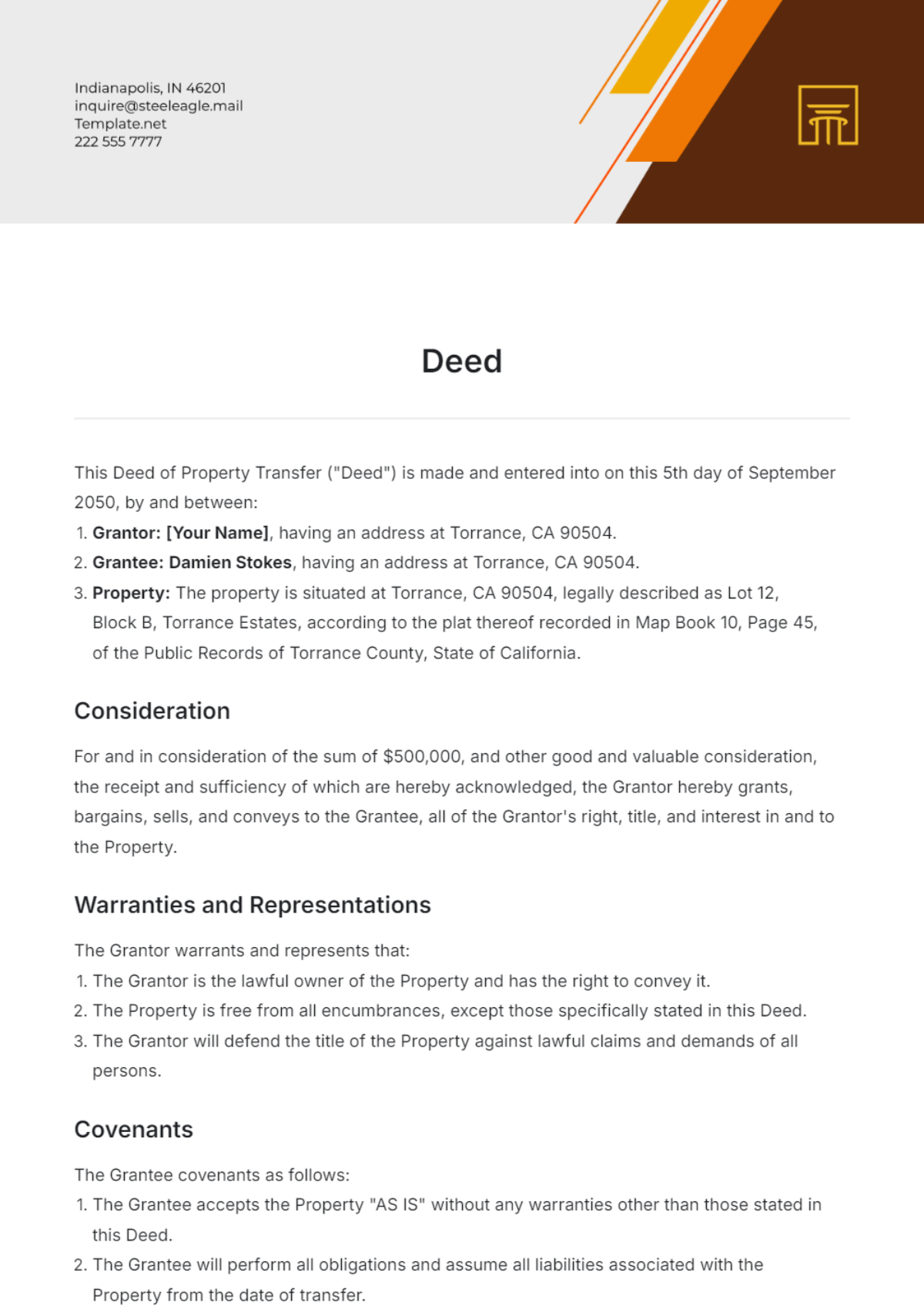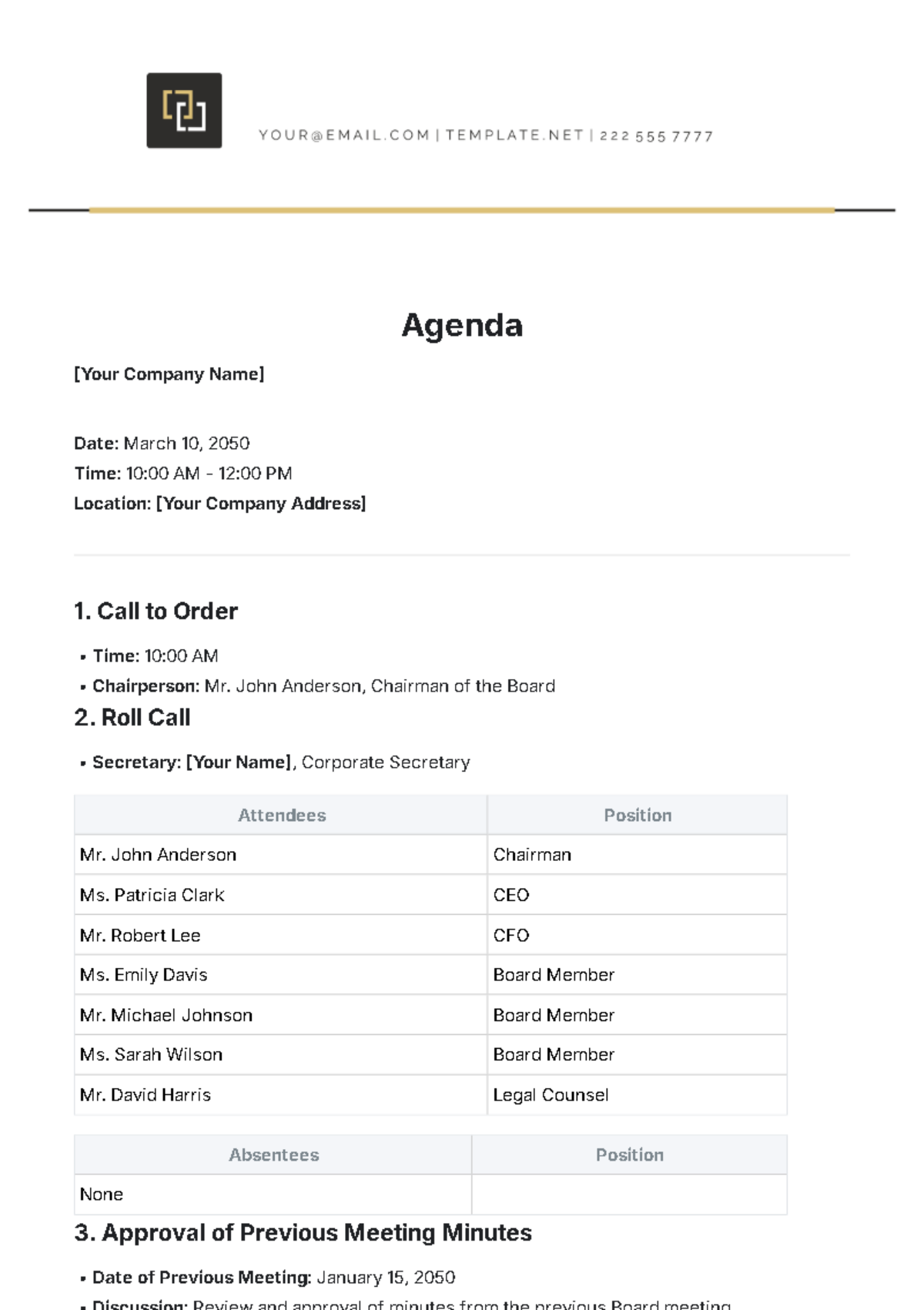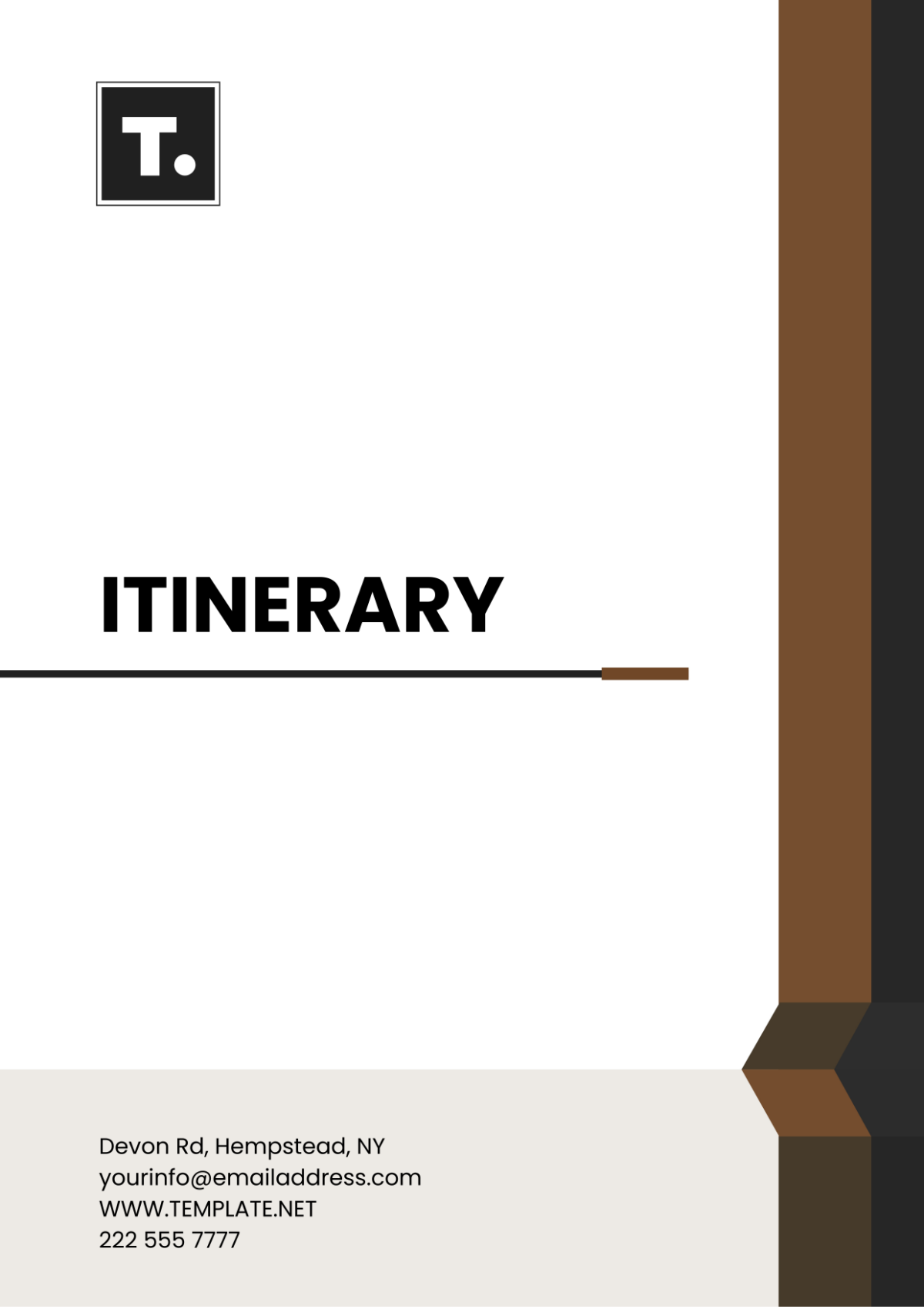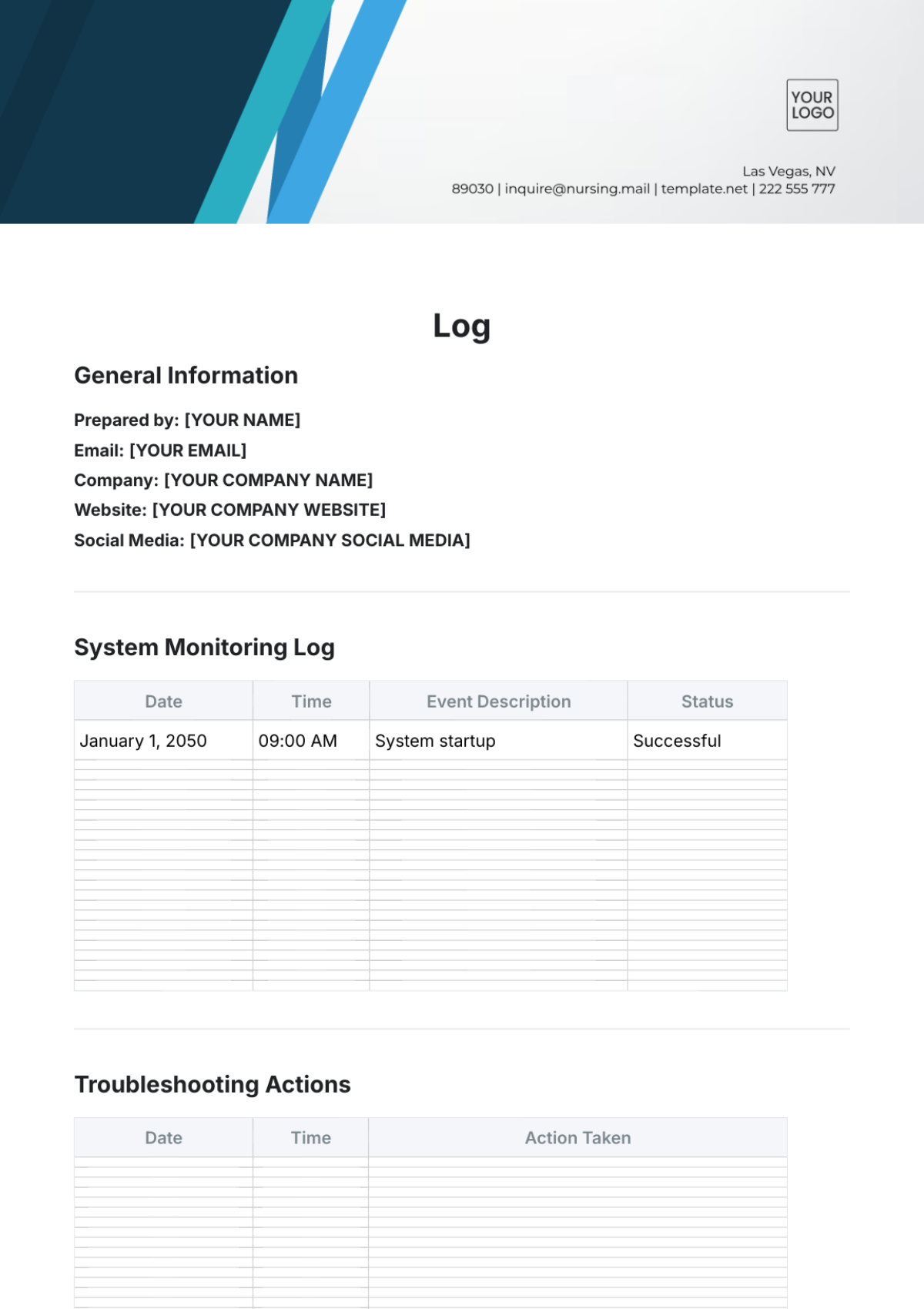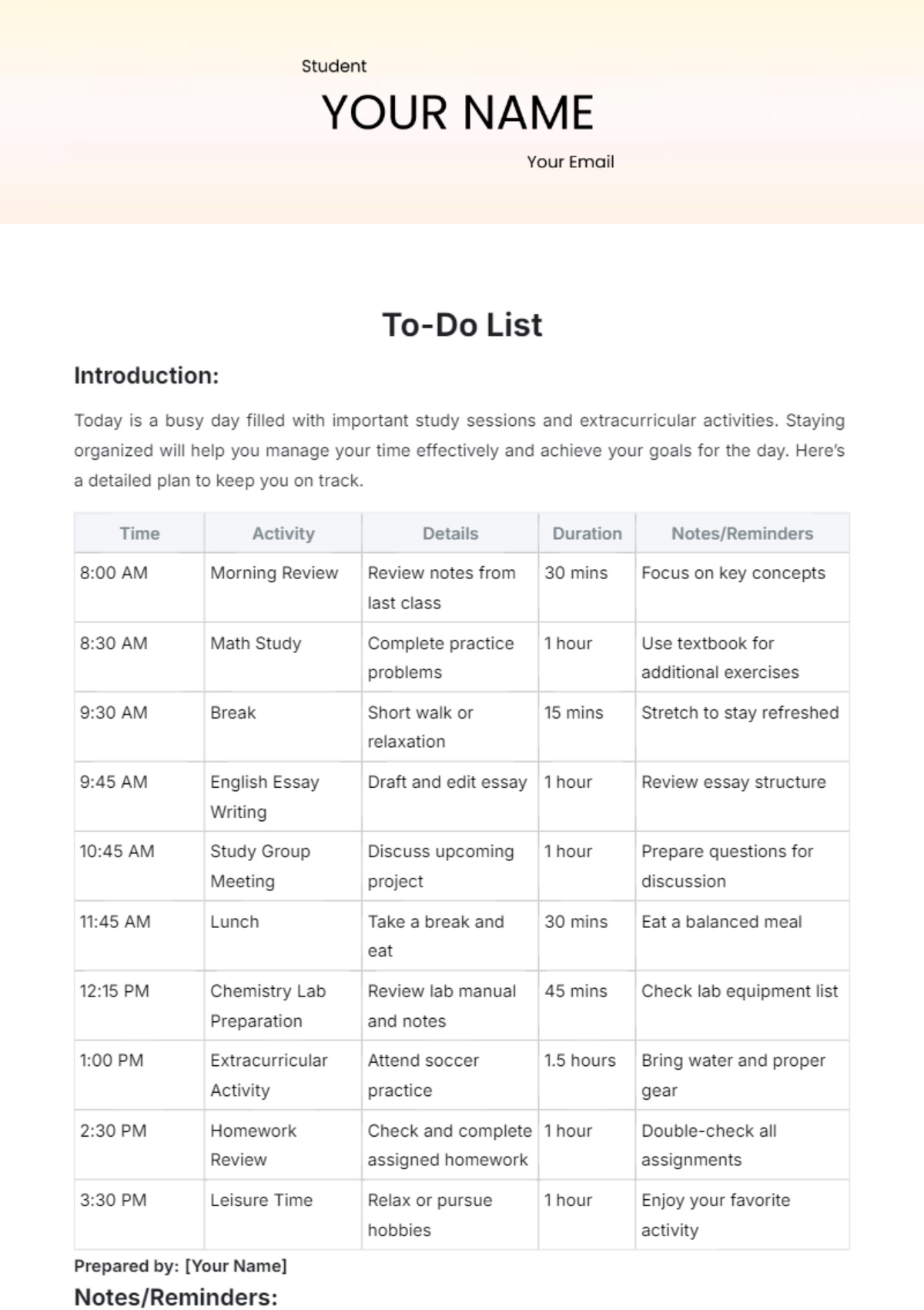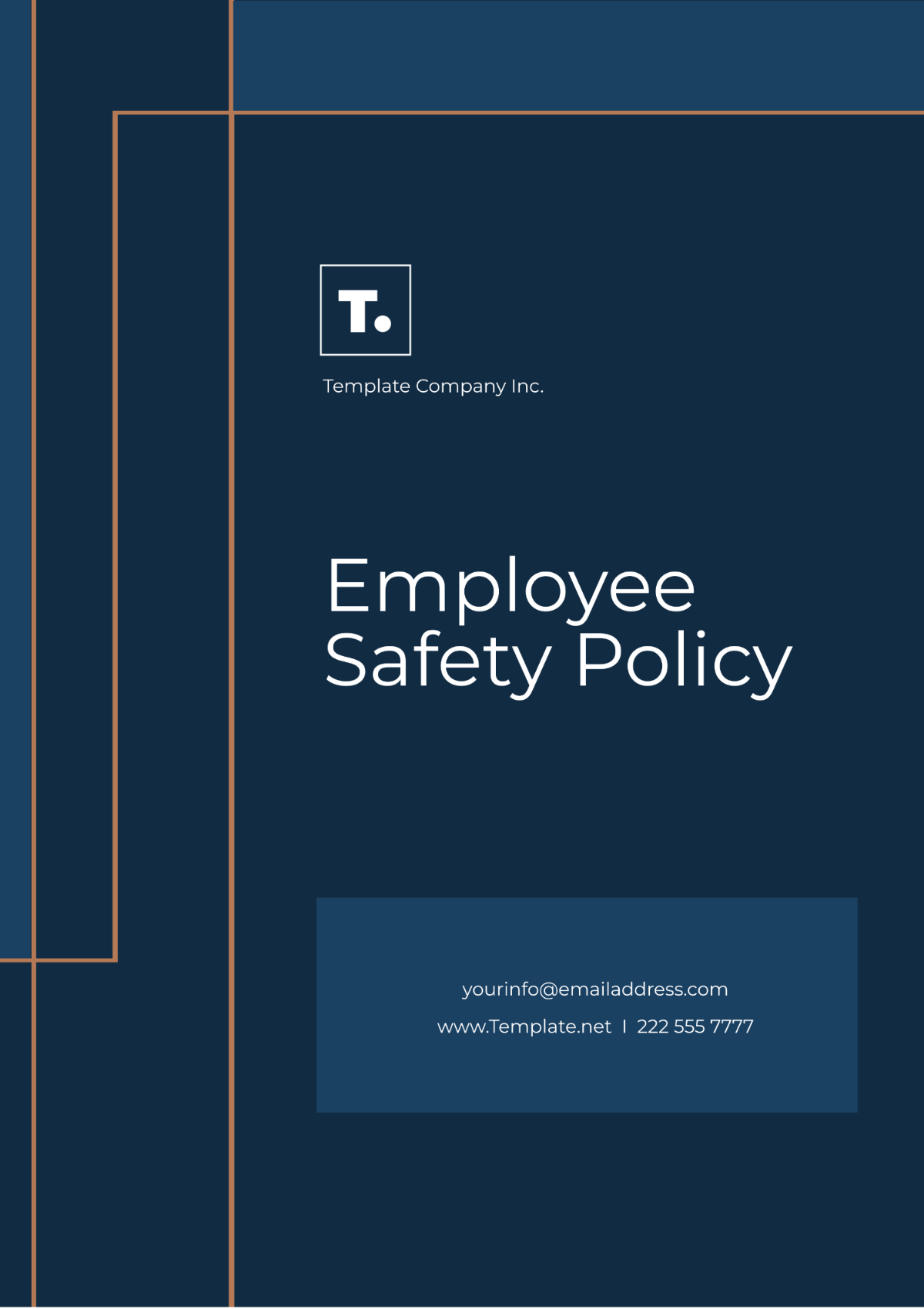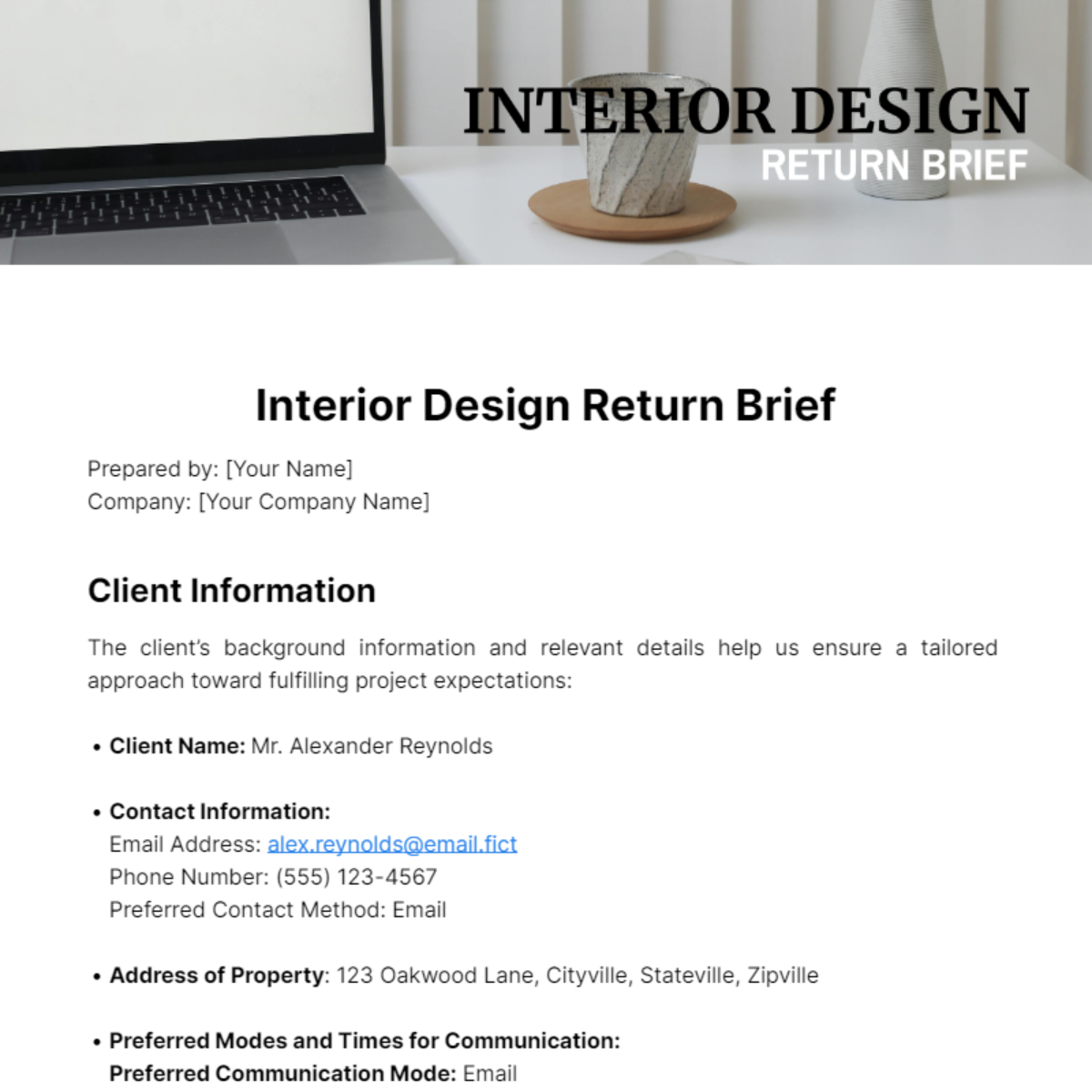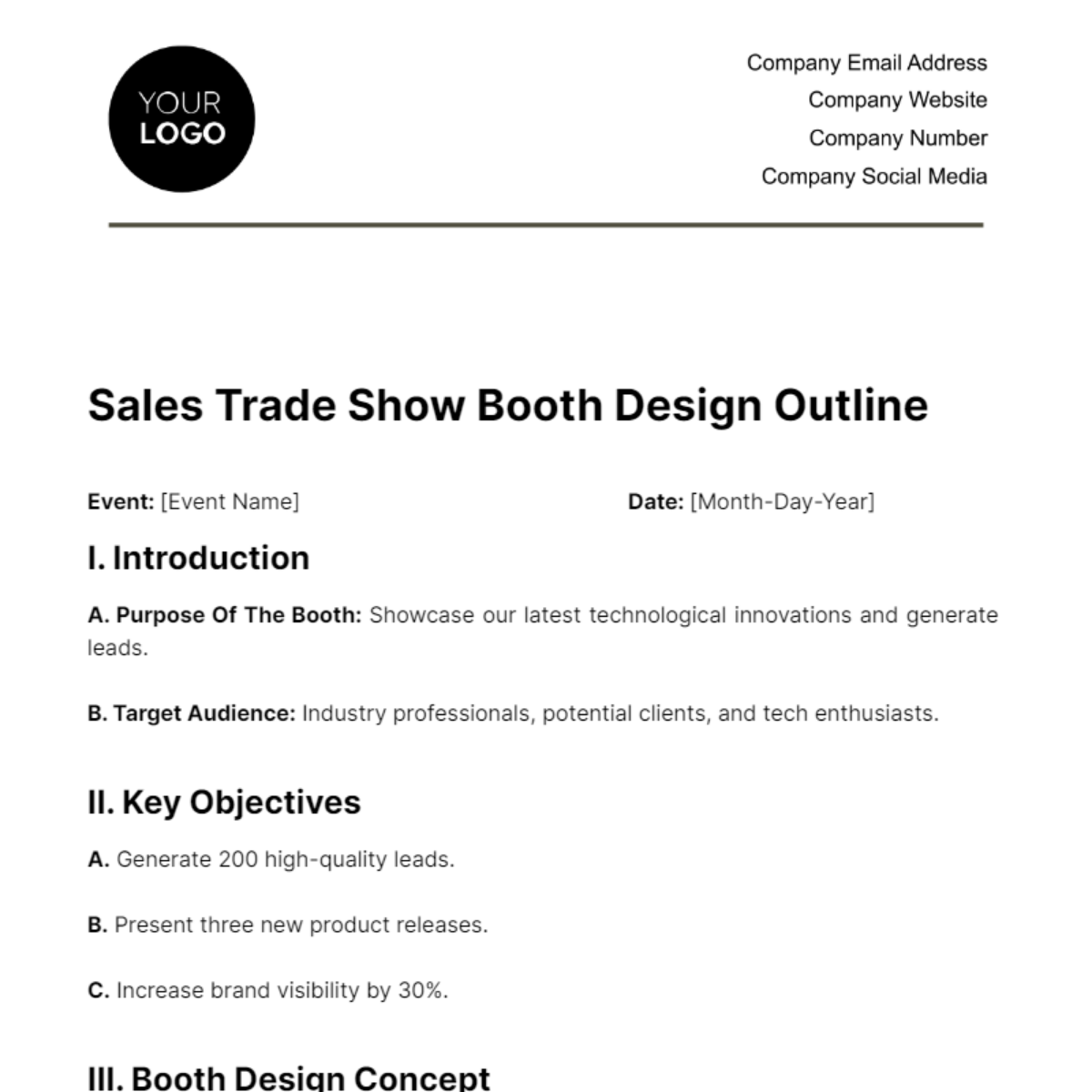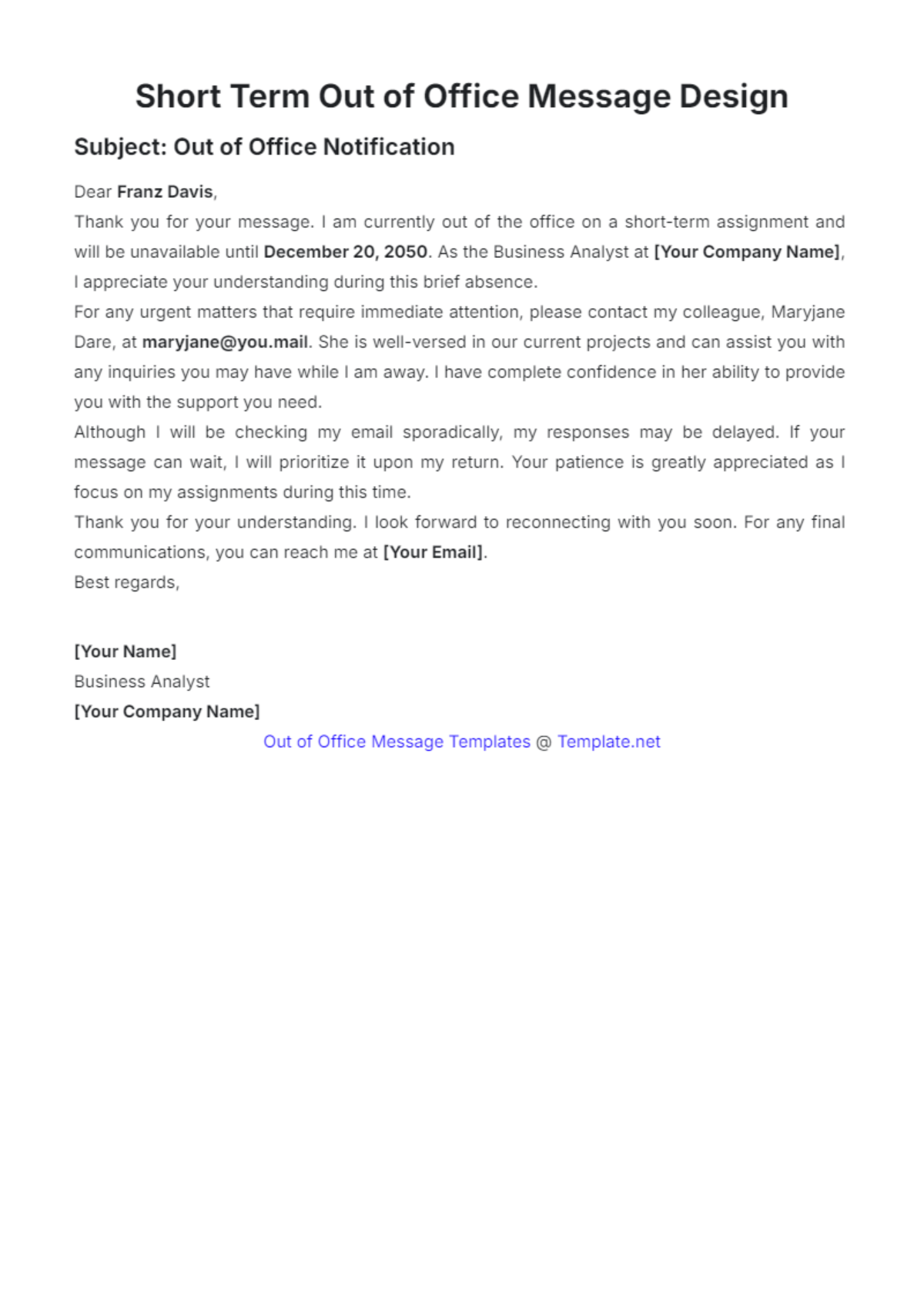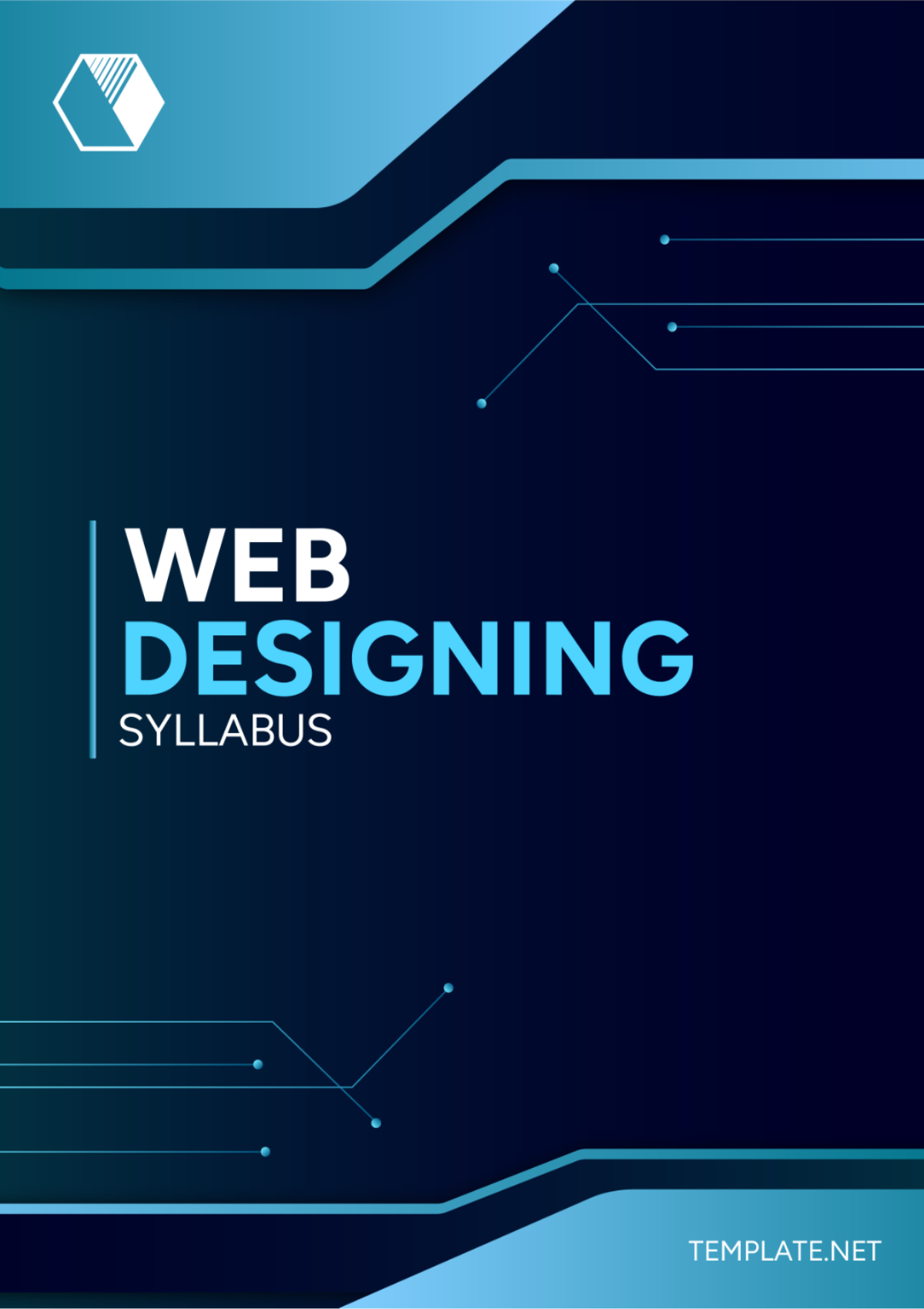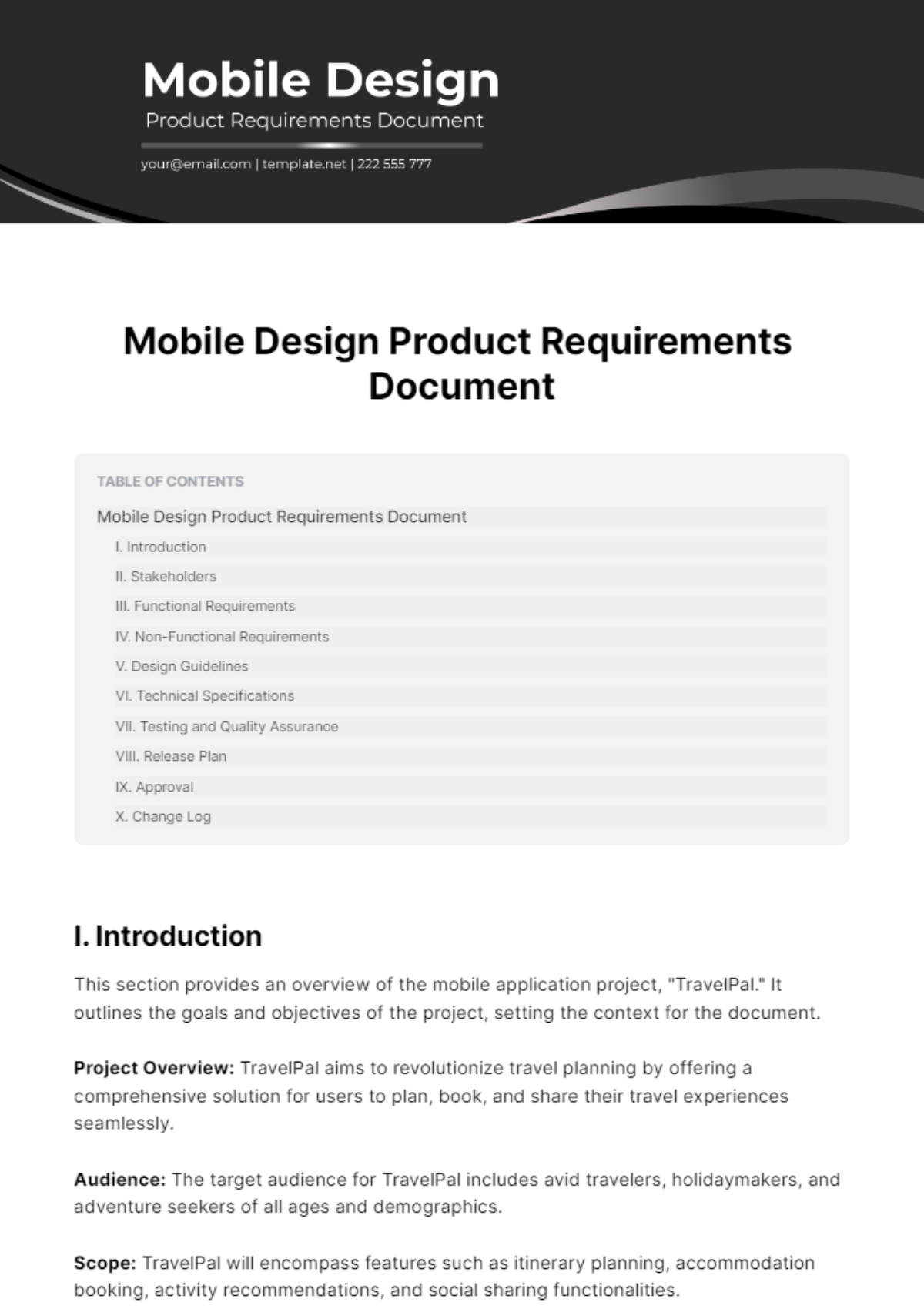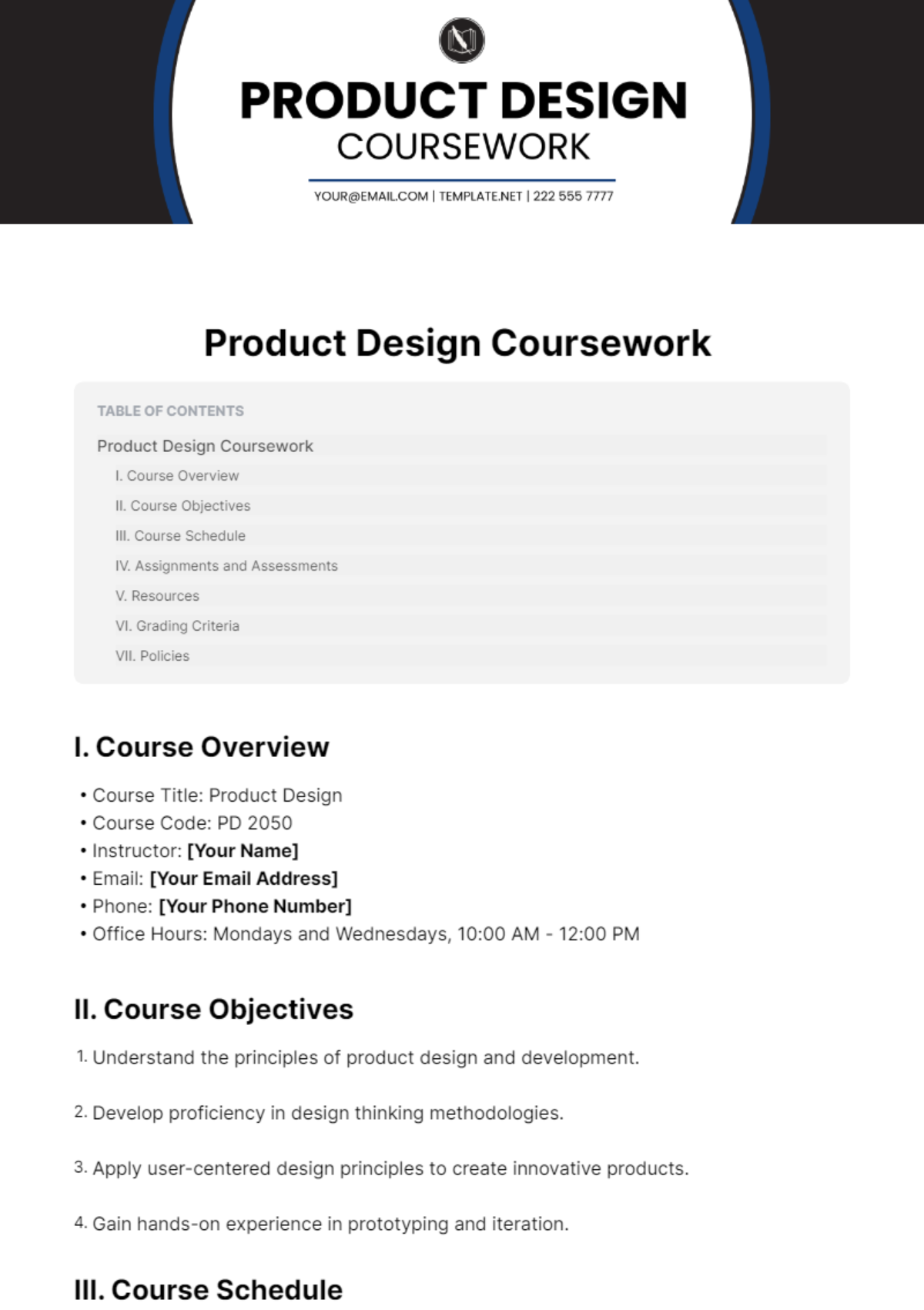Design Specifications
Company: [YOUR COMPANY NAME]
I. Objective
The objective of this document is to outline the design specifications for NexusWare. This document provides detailed requirements for the successful development and deployment of NexusWare, ensuring that it meets the needs and expectations of stakeholders.
II. Design Specifications
1. Overview
This section provides a high-level overview of the NexusWare design, including its purpose, scope, and general requirements.
Product Name: NexusWare
Version: 1.0
Target Release Date: Q4 2055
2. Functional Requirements
These are the core functionalities that NexusWare must provide:
User Registration and Authentication
Users must be able to register using their email address.
Users must be able to log in using their credentials.
Password encryption and secure authentication mechanisms must be implemented.
Dashboard
A customizable dashboard must be available to users.
Users should be able to add or remove widgets from the dashboard.
Reporting and Analytics
Users must be able to generate reports based on available data.
Analytical tools should be provided to help users understand data trends.
3. Non-Functional Requirements
These requirements define the quality attributes, system performance, and constraints for NexusWare:
Performance: The system should handle up to 10,000 users concurrently.
Usability: The product should be user-friendly and intuitive.
Reliability: The system uptime must be 99.9%.
Security: NexusWare must comply with industry-standard security protocols.
4. System Architecture
This section describes the high-level architecture of NexusWare:
4.1 Component Diagram
The system is composed of the following components:
Frontend: React.js application
Backend: Node.js/Express server
Database: PostgreSQL
Authentication Service: OAuth 2.0
4.2 Integration Points
NexusWare will integrate with the following external systems:
Payment Gateway: Stripe API
Email Service: SendGrid API
Analytics Service: Google Analytics API
5. User Interface Design
This section outlines the user interface design requirements for NexusWare:
Consistency: The UI should maintain a consistent look and feel across all pages.
Responsiveness: The UI should be fully responsive and work on all devices.
Accessibility: NexusWare must be accessible to users with disabilities.
6. API Specifications
The backend API for NexusWare will provide the following endpoints:
Endpoint | Method | Description |
|---|---|---|
/api/register | POST | Registers a new user |
/api/login | POST | Authenticates a user |
/api/dashboard | GET | Fetches user-specific dashboard data |
/api/report | POST | Generates a report based on user input |
7. Data Model
The following tables will be included in the NexusWare database:
Table Name | Fields |
|---|---|
users | id, name, email, password |
dashboard | id, user_id, widget_data |
reports | id, user_id, report_data |
8. Testing and Validation
This section describes the testing and validation requirements for NexusWare:
Unit Testing: All units of code must be tested.
Integration Testing: All components must be tested together to ensure they work seamlessly.
User Acceptance Testing: The product will be tested by a group of end-users to validate its functionality and usability.
Performance Testing: The system performance will be tested to ensure it meets the specified criteria.
9. Deployment
The following steps will be taken for NexusWare deployment:
Set up the production environment.
Deploy the frontend and backend applications.
Configure the database and other integration points.
Conduct final testing on the production environment.
Launch NexusWare to the end-users.
10. Maintenance and Support
Post-deployment, the following maintenance and support steps will be followed:
Monitor system performance and uptime continuously.
Provide regular software updates and patches.
Offer customer support through multiple channels.
Gather user feedback for continuous improvement.
